Film Photography: Ilford XP2 Super, samples and review .
In yesterdays post I talked a little about how film based photograph is now back a big way! with many of the film manufacturers having over the last few years seen a big jump in their sales figures. Many films that had disappeared from the photography market have now started to be produced again, Kodak are event about to re-introduce their world famous Ektachrome film, a high resolution positive film used at a commercial level of photography in the past.
It is now possible for the first time in many years to get online and purchase any type or speed of film, from Colour to Black and white, ISO 50 to ISO 3200
. This is a big opportunity for film loves to regain long lost skills, such as black and white film processing at home, setting up a dark room studio using chemical based film processing and printing. If this is not for you however, you can still opt for just purchasing the type of film you want to try out and once you have exposed your full roll, you can send it in the post to processors such as Lomography, who process any type of film for about the same price as it cost way back in the original film days.
One film I always love using was Ilfords XP2 Super, ISO 400, black and white film, Its a C41 processed film which is the same processing methods used with colour films. This film can be exposed at camera ISO setting between 50 to 800 as described in the instructions that come in the box, ISO 400 is the optimum setting but if the film is exposed at setting that overexpose the film, the film grain visible on the final prints will be much reduced. If you do play around with your ISO setting, you have to remember that with film you have to specify to your development lab that you did so and tell them what ISO Setting you exposed the roll of film at, also unlike digital for each of the 24 or 36 exposures on your roll of film you have to stay with the same ISO setting all the way through the roll.
ILFORD XP2 Super PDF
Like all rolls of film, XP2 Super has its own grain look and texture, you can see from the image below that the grain is very visible in the more well lighted areas on the frame. Its not unpleasant and adds lots of character to the image, this is an ISO 400 film after all and as such perfect for use indoors.
Ilford XP2 Super – Sample images, scanned using a Minolta Dimage Elite film scanner
Classic lens review : Tamron Adaptall-2 135mm f2.5
Classic lens review : Tamron Adaptall-2 135mm f2.5
I have a few classic Nikon and Tamron lenses in my kit of photography equipment as I find that there is something truly enjoyable about using an older manual focus lens.
One of the lenses I love using the most is my Tamron Adaptall-2 135mm f2.5 lens, it dates from the late 1980’s through to the mid 1990’s, as it was in production during this period. On both an FX and DX camera this lens offers a great field of view in your images. It is also a very fast lens at f2.5 however as with many fast lenses when wind open they are not at their sharpest, yet by using a still very fast F2.8 this lens produces very acceptable images.
Sharpness
These images are an attempt to show the sharpness that can be obtained, these images are taken outside and handheld …..
These images are just a very quick sample of this lens at different apertures, outside in the real world and without the use of a tripod. I feel that this is a very good way of showing just how usable this lens is in a real world environment and on a day to day basis.
Depth of field
One of the great features of a lens with this focus length (135mm) with a fast aperture is that you can isolate subjects that are at some distance from the camera, this is a powerful tool when used in your images and can help to create some interesting effects.
Here I post some very basic examples of using a different depth of field for the same subject.
F2.5
F8
F2.5
F5.6
F8
F2.5
Build Quality and Verdict
I feel that another great feature of this lens is its build quality, the copy I have is many years old yet still feels like new, its a great lens to use and a pleasure to work with. The focus and aperture rings are both wonderful to operate. Manual focus lenses from this era are built to last, constructed using all metal and built to operate with precision and smoothness. The colour and contrast produced are also among the best I have seen, even when put against my modern Nikon lenses.
All in all this is a lovely lens to use. Its very important to me that I like the equipment I use and this great little lens is right up there with my most loved in this respect.
If you can find one I would highly recommend this lens to anyone!, however as for my copy its not for sale! as I look forward to using it for many more years to come 🙂
Lens Gallery
Tamron SP 500mm f8 Reflex lens, a review of Mirror lenses
Tarmon SP 500mm F8 Mirror Lens, Real world review
When you make a start in the world of Photography, Sooner or later you will want to own a dedicated Long Telephoto lens. These lenses offer the ability to get some great images in the world of (Landscape, Wildlife, Portrait and Sports) Photography.
Fixed focus (None Zoom) Telephoto lenses come in many focus lengths, but the most usable are 200mm to 600mm, depending on how much magnification of distant subjects and objects you need. The cost of these lenses my surprise many starting photography and to be honest even many long term photographers, they can start in price range from around €800 and end up way into the many €1000’s.
There is however an alternative option with this type of lens, this being to look at what are called Reflex or Mirror Lenses. These kind of lenses replace some of the glass elements within their construction with two Mirrors both used to fold the light entering the front glass element in much the same way as a reflex telescope does.
i.e. NASA uses this method in the Hubble space telescope that has produced some amazing ground braking images of the cosmos.
Third party and OEM Camera manufactures started making these lenses in the 1970’s and continued through to the 1990’s, today mostly only third party lenses are available. The quality of these Early OEM/Third party – mirror lenses was very high, even second hand some of these lenses can set you back some €300 to €800 on ebay, even today in 2017.
Nikkor Reflex Lenses at 500mm, 1000mm and 2000mm
I purchased a Reflex lens made by Tamron (500mm SP F8) way back in 1988 and in this post I just wanted to share my thoughts on some of its upsides and some of its downsides.
To be honest, I have not used this lens very much, for two main reasons.
Firstly : at 500mm and with an lens aperture of F8 it needs to be Tripod or at the very least mono pod mounted in order to create very sharp images. This maybe a little unfair as this is true for most long lenses but Nikon VR lenses are so good at helping go handheld!
Secondly : these lenses have one very different down side to that of refactor (Glass only) lenses, they produce a doughnut ring effect on bright out of focus objects or even just areas in the image that have a bright, lighting than the darker areas around them. I have included some examples at the bottom of the posts images below.
With the first point above, today in 2017 with the high ISO abilities of SLR cameras such as the Nikon D7200 and D750, this issue has been made redundant to a great extent! When this Tamron lens was produced, 35mm film could only produce clean images at a rating of no more than ISO 400.
Today the Nikon D7200 can work very well between ISO 3200 and 6400 with very little help from good noise cleaning software in post processing, this up-rates the usable shutter speeds for hand held work for even a lens of 500mm at f8, letting you work handheld more than ever before !
Remembering that even on a DX sensor slr, you need for some 750mm (X 1.5 DX factor!) to keep a shutter speed of 1/800th to 1/1000th to create fully stable images, If you have a steady hand. Even on a cloudy day ISO 1600 gives a shutter speed of around 1/1600th and ISO 1600 on a D7200 is little to worry about! noise wise. It is for this reason that I am starting thinking of trying using this lens again.
For the rest of this post and review of the lens, I will let the following images do the talking, with a small amount of comments made in each of the related image types.
Tarmon SP 500mm F8 Mirror Lens – sharpness and quality
To test for the image sharpness and quality I placed the camera on a tripod, I don’t use a remote release, so there could be some small effects but all in all these are sharp images.
You can see from the below image that this lens can produce some very sharp images under the correct conditions, its just as good as some much more expensive glass only lenses from Nikon.
I have no worries here and would be very happy in trusting this lens to produce sharp images from corner to corner of the frame.
Above : Nikon D7200 with Tamron SP 500mm Mirror lens, Tripod Mounted
As image sharpness has been tested above, what about color fringing and other detects, color fringing is visible in an image at bright edges in the frame, so I used the wires and other equipment on the telegraph post in this image, I see no fringing Green, blue or otherwise in this image.
So again I would trust this lens to produce sharp and clean images that need little or no post processing to clean them up later.
Using the lens – in the Landscape
The following images speak for themselves, just general landscapes and animal images from medium focus distance subject to long distance landscapes, the town and wind farm in the last landscape is some 8km away from the location of taking the image, crazy!. Again its sharp enough taking into account the haze of the atmosphere, no color fringing problems in the wind turbines.
With the main set of images here, I am less happy with the out of focus effects as the bokeh of this lens is not great!, anything bright and a little out of focus (i.e. The grass!) takes on a distracted look, feeling tangled and distracting with the image smoothness, Most noticeable in the two images of the sheep sitting down.
Those Doughnuts !! OMG!
As you can see from the photo of this lens sitting in my camera bag at the top of the post, a mirror lens is constructed very much like a reflecting telescope, like this diagram :
You can see that the center of the front glass element is used to hold the housing for the smaller secondary mirror in the construction, that folds the image light back down the lens and into the camera.
This system works amazingly well but for one problem!
For in-focus areas of an image the central lens obstruction is never visible, however for brighter areas of an image that are out of focus this central obstruction created by the secondary mirror housing, created a bright doughnut effect.
In the below images this is very clear!
The light gaps in the trees below turn into bright cycles, the rain on the table in the background focus also does the same.
In some images you can work around this effect and even use it as an interesting advantage?, you just have to get to know when this kind of lens is and is not usable !!!
For the most when you have a subject that has the potential to create this circle effect ! it just distracting and not likeable. This is the point at which the little price you paid to get a budget Telephoto lens €300 not €2000 starts to gets you back !!!
Getting Arty , MayBe?
Like any camera lens, Mirror lenses have their down sides (Slow, bright Cirles, Manual focus, etc …), you just have to get to know these features and ether use them to your advantage or don’t !!!
Some people love the bright rings and make good use of them 🙂 , one use could be nighttime street photography ?
So then ?
So if your looking for a cheep way to get a telephoto lens into your camera bag, a Mirror lens is well worth looking at in my own opinion. Don’t expect to work quickly with them or be lazy in your approach, however – but then most telephoto lenses need hard work to get good images, with a mirror lens you just have to add a little on top!
In the end, just like with all of your image making, you get out what you put in !!!!
Will I take this lens out more than I have? Maybe ! most likely not !! Watch this space ?
If I was starting again with few lenses and wanted a low budget long lens, would I get a Mirror lens , Hell YES !!! , With Great high ISO SLR’s even more so !!!
Sometimes the harder you have to work to get good images , the more you learn !!!!
Also see : Mirror Lenses – how good? Tamron 500/8 SP vs Canon 500/4.5L, a older review, ISO has moved a long way since this article but its a great comparison test (€300 Tamron v €2000+ Canon).
Nikon AF-d 50mm f1.4 Prime lens, one lens all day …..
Its easy to think that the best lens to spend a full day of Photography with would be a zoom lens, however my favorite and most respected lenses are all prime lenses(fixed focus lenght lenses).
One of my most respected and trusted lens is my Nikon 50mm f1.4, its fast , can work very well in low light and even at 75mm on my DX D7200 body (50mm on an FX) it makes me think in a very creative way. You have to frame you shots well before you click the shutter button, I find this much more creative that just walking around and zooming in and out at everything 🙂 although this can be a very fun experience.
While you need a zoom lens in order to make sure you can capture some subjects, Prime lenses make you think about the subject you want to capture!
So what kind of images can you produce if you only take one lens with you , A 50mm Prime?
Nikon AF-d 50mm f1.4 Gallery
These images from yesterday include a morning walk and then an evening walking alone the strand at Tramore, County Waterford
Macro Images – The Wonder of Nature
The world we live in is full on the most amazing things, some of these things we see everyday around us in a very clear and detailed way, others we have to stop and take a little more time in order to observe. This is why when I get this time I love using a Macro Lens, you can get in close to the small things of life, getting a view that is hard to get from a distance.
This summer more than ever before I want to use my macro lens in order to record the small things in nature 🙂
Tamron SP 35-210mm f3.5-f4.2 – Classic lenses
Using classic Camera lenses
In the world of Digital photography it feels like a new bit of equipment is released almost every month, new Camera bodies, lenses, flash guns etc….
In the last few years however the image quality of digital cameras has begun to reach such high standards that its hard to see as bigger need than every before to keep upgrading your SLR camera body. I remember so clearly the day I first purchased a digital SLR, it was a Nikon D100, a body that was very closely based on the Nikon F80. I also remember reading sometime later that for a digital Camera to match the print size of 35mm film you would need 24 million pixels, a target that was reached sometime back in the Nikon range and surpassed with the 36mp Nikon D800.
Looking back at Film cameras, most of the end print size and quality came from the type of film you selected to use. The camera bodies themselves offered different levels of capture capabilities, some bodies offered all you needed to take landscape images while other more advanced bodies allowed you to capture fast action activities such as sports.
Once you had the camera body that you needed, for the type of photography you worked with, there was little need to upgrade until you had almost worked your camera into the ground.
Today in 2017, it is a very legitimate question to ask if at last after many years of the megapixel race, have we not now reached the point that you can purchase a camera body and keep it for life or until you finish it off by using it so much ?
What about Lenses ?
In the first years of digital SLR cameras it was not always possible to use all your old lenses with your new wonderful Digital body, Many Cameras would only for example allow you to use the latest Auto-focus lenses.
Over time the manufacturers started to launch bodies at the top end of their range that allowed you to use many older lenses including Manual focus lenses. Once this happened many photographers started to look backwards at the classic lens market, to workout what lenses from the past still offered great performance on modern cameras.
Personally I love using classic lenses and the Tarmon Sp 35mm-210mm F3.5-4.2, is one of the lenses I love using the most, produced by Tamron in Japan in the early 1980’s and only ended production in late 1987, it was available new well into the 1990’s.
This lens is one of the best made Zoom lenses of all time and even includes a Macro mode, offering a close focus of 11.8″ (0.3m), for a zoom lens this is very good. It is also very fast and falls into the professional level of F3.5 at 35mm to F4.2 at 210mm, on a current Digital slr with its low ISO noise this speed is excellent. It also has some amazing Lens flare that when used in video mode is amazing !
For times when I can use manual focus and want a zoom lens that has a great focus distant range and is fast, I am more than happy to have this lens with me. Its sharp at all F-stops, feels just amazing to use and can take any kind of usage in any type of conditions.
I will let the images below do the rest of the talking here, its fair to say however that not all old camera equipment is outdated and not worth using anymore. Great Lenses like these ones, if looked after last for ever.
When new this lens would have cost top money and for a reason!
Lens Gallery
MIR-1 37mm f/2.8 lens , from 1954 to 2015 – Using old lens
Its a while since I posted anything about photography equipment, even though I do keep one eye on making sure I have what I feel to be very good cameras and lenses (Mainly Nikons) , I don’t feel that equipment is what photography is really all about. To me photography is about capturing the world around me and so long As I feel my camera can still do this I am very happy.
Old lenses
At the Same time some of the lenses I have, have been with me for many years and I have used then with many subjects and at many locations with both film and digital cameras.
My MIR 37mm f2.8 lens, I have had since my very first SLR camera back in the 1980’s and I still have complete confidence in it 🙂 even using a Pentax K3 24 megapixel SLR.
Why Pentax ? , The lens is an M42 lens which means that it connects to a camera body using an adapter and the best camera bodies on the Market for using these lenses are Pentax SLR bodies as they only need a metal lens mount adaptor that allows the lens to function without any changes in focus distance, basically all the lenses setting and scales work as they were originally intended to.
There are many things I love about using this lens. the focusing is manual as is the setting of the lens apertures but however the dials used for both these settings are just perfect in operation, no modern plastic jumpy manual focus rings here- just smooth and perfectly controlled movements. One thing also great about this lens is the fact that there are no click stops for the aperture blades , there are marking that show ” f 2.8, 4, 5.6, 8. 11 and 16″ but you can set the blades to any setting in between, this is a huge help for video !!
Another great thing for Video is that this lens is 100% silent , simply no noise feeds back through the camera body !!
The back of the lens shows depth of field and focus distant marks, its not a macro lens as its closest distance is only .7 meters so Landscapes only here !
Some History
The production of this lens originally started all the way back in 1954. It was manufactured in USSR (along with my favourite Helios 44-2) and was mainly made in 2 mounts, M39 and more popular M42 (although both are adaptable to modern cameras). The design of the lens was based on Carl Zeiss Jena Flektogon 35mm f/2.8 and unlike Helios 44-2 was not a complete clone, but using same optical formal as Flektogon 35mm f/2.8, which is definitely a good sign considering how much more affordable they are than just about any Zeiss glass.
In 1958 Mir-1 received a prestigious Grand-Prix Award during the Brussels World Fair. Russians were probably so proud of the award that every Mir-1 lens produced since the 1958 World Fair, sports the “Grand Prix Brussels 1958” inscription on the side of the lens, so don’t mistake these lenses for some sort of special/limited edition.
Lens Flare
Another great asset of this lens is the lens flare it can produce , this link shows some lovely deep spherical Studio flare results 🙂
.Compared to other Classic M42 lenses and modern lenses
.MIR 37mm f2.8 Gallery
The following are some local Kilkenny landscape images that I feel show just how good this lens still is at capturing some great sharp and contrasty black and white images , even with 24 megapixels to expose any defects!
Using Classic Lenses, Yashica DX 35mm f2.8
Yashica DX 35mm f2.8, M42 Lens
Over the years I have collected a few classic camera lenses, the Yashica f35mm f2.8 m42 lens has to be one of my most valued and liked.
Back in the 1960’s this lens would have cost a good amount of cash as it was at the top of Yashica’s Slr lens range, the main reason for this being that it had the then New DX coating and a 35mm focus length was becoming very valued for 35mm film camera.
I use this lens a lot, not all the time but its always at hand if I need it, I think you can see from the images below why.
If I use it on a dx sensor camera it provides for a 50mm focus length, a length that I like a lot for framing landscapes. As for the famed DX coating, well I think that you can see form the images below that it still works very well. The colors and the contrast in these images ( taken last week ), are just great. The images taken facing right at the sun show just how little flair this lens produces.
Gallery
Compact Cameras and their image sensor size.
Digital Compacts and Sensor size
Ever since Digital cameras became available to the professional and the Consumer market alike there has been an ongoing debate about the sensor size that the manufacture selects for each Model.
You can see all the possible types and sizes of sensors here : Image Sensor types and sizes
As well as SLR cameras , I own two cameras that have sensor sizes below what most people, stereotypically would consider are professional, by which people mean that you would be able to sell the images to be printed in magazines or used for commercial reasons.
Most of the time I use these cameras when I know that their images will be used for the Internet or for personal reasons like Holidays or Family pictures.
However the Boss of Nikon-USA last year made a statement that the size of the sensor is now being made less important than ever before, simply because the image quality being produced by most sensors over that of a pocket camera or an i-phone was increasing year on year.
His statement was sure to and did raise some debate, specially from the owners of very expensive Nikon Cameras !
So , over the last few months I have taken a closer look at what he was talking about and the results are very interesting, below I have posted six images taken by a Nikon P7000 and then a Canon G1x , which as you can see from the diagram above on the left, has a much larger sensor that the other camera used here a Nikon P7000.
Many top end compact Cameras have a sensor size of 7.60mm x 5.70mm in size, the Canon G1x has a much larger sensor that measures 18.70mm x 14mm.
Many Photographers who make money selling images fell that the Canon G1x has a very acceptable image quality for a good 80% of image types and keep this compact-camera as a backup or as a carry anywhere camera. Sometimes a large and heavy SLR is just a pain to carry and makes you very conspicuous !!
So the question I was asking myself is , is there a big difference in image quality between these two Cameras here ?
Well the images below don’t appear to show many if any at all, the Nikon has a 10mp output and the Canon 14mp so if your are printing the images you could get a 36x27cm print from the little Canon and a 30cm x 23cm print from the Nikon, both at 300dpi.
This is a large surprise to me and I am sure could and would be questioned in a camera review lab but I am taking real world images from both sensor sizes and comparing them.
In all other respects I can see little defects in the RAW images coming from the Nikon as opposed to the Canon, the Colors are very good they both contain about the same level of detail in the shadow areas and the highlights such as bright areas of sky and clouds and have an image noise level that is acceptable.
So is the Boss of Nikon America correct, well yes, in many respects from looking at the results of most cameras with a sensor size of and over the 1/1.7″, with these sensors you will get some great images provided the camera itself is designed to let you do so!
Will I be throwing my full sized sensor SLR in the bin , well NO! not just yet but it is very reassuring to know that at last you can take these kind of cameras anywhere (Holidays, long walks, tops of mountains and family events) and get very good results , something that has not always been the case!
Just as some final comments,
At some point I will compare these cameras to my SLR and study these difference’s, However the very fact that a close study of the image quality difference’s is even needed shows just how good top end compact cameras have become.
I started the post by saying that this area , sensor size has always been a hot topic and it always will be but you will hear many people tell you that a type of camera is not good, when you ask “OH!!! why ?” they will bring up areas such as depth of field being Shallower with full frame sensor slr’s, very true , what they will not say however is how often they need this ability and how often they use it !!
What they also leave out is that in Macro photography you want a much deeper depth of field, otherwise that Bee your trying to get a picture of will only have its head and not its body in focus!
Three images of the same image scene
Canon G1x followed by Nikon P7000
SMC Takumar 50mm f1.4

SMC Takumar 50mm f1.4
Photography : Nigel Borrington
SMC Takumar 50mm f1.4, classic lens
Over the last couple of months I have posted a little about the quality of older lenses and uploaded some sample images. These post have included a review of the ( 28mm HMC Hoya m42 lens and the Tamron 24mm f2.5 lens).
One other much loved lens I have been lucky to find in great condition is a SMC Takumar 50mm f1.4 M42 Lens. I have owned this lens for a good while and still use it from time to time.
Firstly what is an M42 lens , well this wikipedia article describes these very well, basically they are lenses with a mount to a camera body that was designed to be universal, as to fit any camera designed with an M42 mount.
The stand out feature resulting from this mount is that they use a manual method of control for their aperture blades. Many of these lenses have a switch that can be used to keep the aperture blades wide open when manually focusing the lens then close them down to the required aperture during taking the image, as the view finder maybe to dark to focus otherwise.
I can hear many people asking “Why then would you want to use such a manually controlled lens ?*
Since M42 lenses, lens and Camera manufactures have put much work in-to the development of, firstly Auto Aperture lenses (Apertures controlled by the camera body) then Autofocus lenses with an ability to focus on up-to fifty focus points with an ability to selection from one of them in an image being framed. These developments have opened up a new world to photography, such as sports images that have very quick moving subject in perfect focus.
However there is still a place for old lenses, Landscape or portrait photographs for example do not automatically need auto focus.
Older lenses also offer abilities and features that have been lost in an age of autofocus cameras, abilities such as using hyper focus control for example (Lens Hyper-focus), a method of using lens apertures and focus distance to make sure that a pre-set amount of subjects in your image will automatically be in focus at any given distance range from the lens. In an age of high ISO performance, digital technology, this method is more usable than ever before as you can use Higher ISO settings and ever slower F-stop numbers such as F11 (Thus have a larger depth of subjects in your image in focus) and still achieve fast shutter speeds to capture clean usable images.
As you can see from the images of the Lens above manual focus lenses all contain much needed details such as the aperture being used the focus distance and the depth of field for each aperture.
The two other features that I really like about this Takumar lens are the construction and image quality.
The focus control on the lens is a pleasure to use it is very smooth to turn and wonderful in comparison to even my Pro level Nikon autofocus lenses.
Even though it may appear that this lens has been left behind some as far as new lenses are concerned, the image quality is hard to beat. You can see from the images below that there is no lens flare even when pointed at the sun, the images are sharp from about F2 upwards.
One feature that I feel could be the case is that when these lenses were developed, Black and White film photography was very much still being used as much as colour film was. The coatings on these lenses I feel thus gives a wonderful contrast and deep colour to digital images along with being perfect for great contrast in black and white images.
SMC Takumar 50mm f1.4, Gallery
Using old lenses , Hoya M42 28mm f2.8
Using Old M42 lenses on a digital SLR

M42 lenses fit to the camera body using an adaptor for the body you own.
Over the years that I have been taking images using SLR cameras both film and now Digital, the items that I have always show the most interest in are the lenses I have Purchased.
These days lenses are usually purchased as a secondary item to the camera body, with all the dazzling features and technology that goes into cameras and marketing them, it is easy to forget just how important an item a lens is.
It is the lens that produces the image, the camera just records this image and if its a great lens then your image stands a good chance of being so too.
Something that becomes very clear to you, the longer your into photography is that for the most part, lens technology the parts of the lens that really create the image, has been very good for a long time. Little development is needed with the type of glass and the coatings that are used on the lenses.
Most of the development today is with adding lens features such as image stabilisation, the process of moving some of the lens elements to allow for any movement in the camera while it is being held in your hands and help produce a stable image.
So just how far back do you have to go to get a good if not great lens ?
Hoya is a lens filter and lens coating company, they have done huge amounts of research and development over an very long period of time. you may know of them mostly through their UV filters that are attached to a lot of peoples lenses.
Back in the 1970’s along with a lens manufacture Tokina they also sold a limited number of great lenses, I am lucky enough to own a Hoya 28mm f2.8 M42 lens in very good condition, it cost £50 in 1975. I have used this lens for many years for Landscape work and have always been very happy with its results.
This is a fully Manual lens , No auto focus, no stabilisation, No auto exposure and just perfect for Landscapes.
I feel that landscape photography should take a little time and the fact that everything is fully manual with this lens, just adds to this experience. You have to think through all the settings and this extends into your thoughts about what your taking images of.
I feel that this Hoya lens is one on the best I have for reproducing great colours, contrast and sharpness.
The Gallery below is just a quick sample of some very recent images taken using this lens.
Hoya M42 28mm, f2.8 lens gallery
Getting close in the landscape
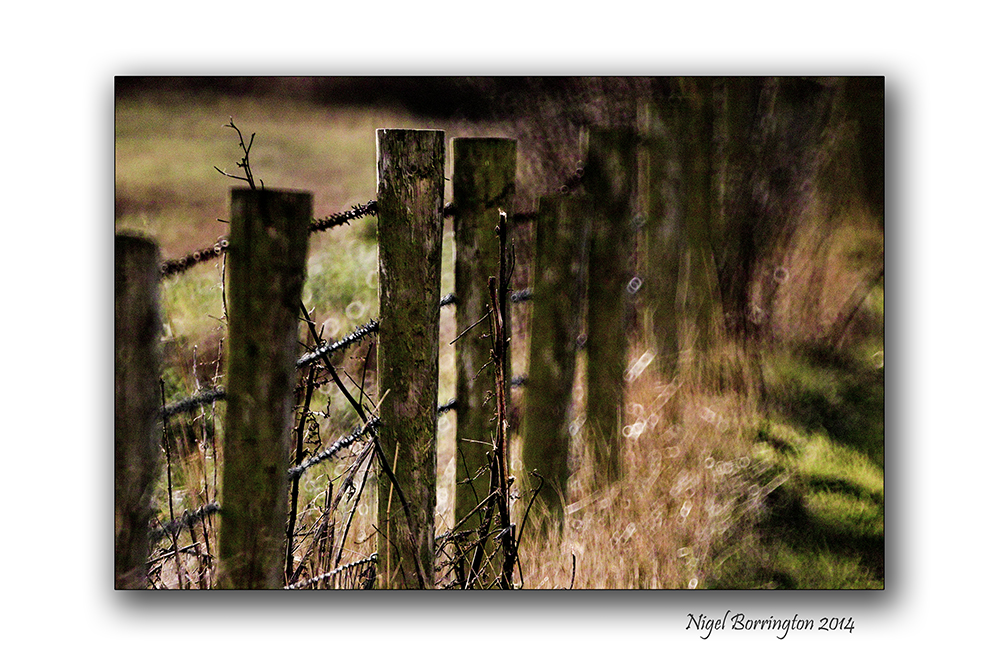
Following the fence
Irish Landscape photography : Nigel Borrington
Way back in 1986 I purchased a Tamron SP500 f8 Mirror (Telephoto) lens from a camera shop in London, it was second hand and cost around £150 back then.
The lens is reviewed very well here : Photozone review
I came across this lens again while sorting out some equipment last week and could not resist taking some images with it, so I put it onto my Sigma x3 camera and took a walk with both through some local fields.
I am not going to reviews the lens as such here as this is done so well in the above review, what I would say however is that this is a manual focus lens that is able and very capable of producing some very detailed and delicate images.
I really enjoyed using it again, if you are looking for a lens that is quick to use then this lens is not for you. If you take your time while creating your images however then this lens offers some very different and interesting results. I very much liked the shallow depth of field, there is something about the design in a mirror lens that produces a very find focus area in the image results.
I also felt that the combination of this lens alongside the sigma x3 sensor, produced some of the closest results to using film that I have noticed while using a digital camera.
The lens is very sharp, it produces wonderful colour and contrast, focuses down to 1.7 meters from the nearest subject and has a very shallow depth of field through out its focus range. Photographers spend a lifetime looking for lenses that have these features along with very distinctive results, if you can give this lens the time to learn how best to use it, I feel you will love it !
These lenses are often for sale on Ebay, if you want to purchases one and try one out !
Gallery
Sigma SD15

Sigma SD15 with 15-30mm f3.5 lens
Sigma’s SD15
If anyone has read my other camera reviews you will have noticed that I don’t review any of my Pro level slr cameras from Nikon or Canon , the reason I don’t do that here is simple.
Here is a good reason why, I was out walking our golden retriever, one Sunday about two weeks ago and passed two photographers with Canon SLR’s, Tripods, all top of the range equipment. On passing I overheard one talking to the other about the lens he had just purchased “It the best in the country , the only one so far”, I am mostly very good at passing on these types of comments and I didn’t know them . However on returning past them again about an hour later, they were still talking cameras, pointing in the same direction and taking pictures of very little if anything.
If this is what they enjoy doing then good luck to them, it did however remind me of just how some people can be, when it comes to camera equipment and the need to have the best. For what reason though, for image creation or talking to friends about.
So I don’t believe that the race to the top of the camera food chain has anything to do with good or great photography, photography is the skill of good and interesting image making, it goes back well over a hundred years and in all that time photographers have been making images that are both iconic and outstanding.
You don’t need the perception of owning the best and greatest equipment to create good images.
While being into image creation, you do need a camera that you both like to use and can trust. For me out in the field the choice of which camera I would take for any given function is selective. I don’t think I have a best camera body, they all do something differently good and bad, they can be used in different ways.
So down to this review
The Sigma SD15
Firstly I think this is one of the most interesting, challenging and creative cameras to be produced for a long time, it will never be seen as the king of the food chain nor will many photographers, with the need for the best to boost their self esteem, stop looking down on it and the even newer Sigma SD1.
Sigma cameras contain foveon, ccd imaging sensors

Foveon X3® direct image sensor
Foveon has combined the best of what both film and digital have to offer. This is accomplished by the innovative design of the three layer Foveon X3 direct image sensor. Similar to the layers of chemical emulsion used in color film, Foveon X3 image sensors have three layers of pixels. The layers of pixels are embedded in silicon to take advantage of the fact that red, green, and blue light penetrate silicon to different depths – forming the first and only image sensor that captures full color at every point in the captured image.

A Dramatically Different Design
The revolutionary design of Foveon X3 direct image sensors features three layers of pixels. The layers are embedded in silicon to take advantage of the fact that red, green, and blue light penetrate silicon to different depths — forming the world’s first direct image sensor.
From point-and-shoot digital cameras to high-end professional equipment, Foveon X3 technology offers multiple benefits to consumers and manufacturers alike. At the same time, it opens the door for other innovations, such as new kinds of cameras that record both video and still images without compromising the image quality of either.
Having read about this sensor technology and the camera for sometime, in May 2013, I exchanged an old Nikon D200 for a Sigma sd15 camera and a couple lenses, ( 15-30mm f3.5 and a 70-300mm f4-5.6).
I was no longer using the D200 so felt, why not take a chance and try the claims for the Foveon sensor and the SD15 out.
Something that is less important than you my think to the pro/semi-pro photographers alike is images size or pixel counts, a much more important aspect of a digital image is the amount of details captured at any defined pixel location and this is something that I have found the Sigma SD15 to be wonderful at.
There is little point in crushing huge amounts of pixels on to an image sensor if the detail capture is low or poor.
The simple facts with the Foveon x3 sensor is that all possible colours are captured at each pixel location, this fact alone increases the level of detail some three fold over a traditional sensor, that splits colour detection into groups of three pixels, each of which can only see one colour from (Red, Green or blue), the effect on an image using this method are the creation of unwanted artefacts in the final image. So the use of a filter over the sensor is needed to stop this effect. This filter blurs the detail level in the image by a factor of around a third at each pixel group locations.
In recent times traditional sensors have increased in pixel counts to a point where the effects of artefact creation are less than before, so some expensive camera models have removed the needed filter over the sensor. This is good and produces better image resolution, however you need a three times bigger image file size to produce the same level of true detail that you find from the Foveon sensor.
Large image sizes take up more disk space are slower to process and longer to upload or email.
My final question related to printed and end results, if you print an unprocessed file from the SD15 at the same size as one from say a Nikon D700, do you get the same detail in the final image, well I have found the answer to mostly be yes, in most cases, yes looking at large prints I can detect very little difference if any.
Don’t get me wrong, I still own and use other cameras , however I have been amazed at the results from this Camera and its Foveon sensor, the colour definition is also wonderful.
Sigma and Foveon claim that the SD15 has 14 million pixels, but this is in three layers and that the newer Sigma Sd1 has 48 million pixels again layered, this is a difficult and controversial claim as each image size is only the given amount divided by three.
However if you take into account that they are only saying this because the camera market has taken as a standard, mega-pixel counts, image detail and colour definition are a much harder subject to sell, to the general public. So what Sigma and Foveon are doing with this claim of high pixel count is to say our cameras produce the same detail yet better colour definition than other cameras with traditional sensors at the level of 14mp or 48mp.
Is this claim true, well side by side A3 or A2 prints appear to say yes. This along with the fact that I just love the colour and image brightness and the great exposure produced from these cameras.
Pixel Counting Definitions
Prior to the existence of the Foveon X3 direct image sensor, there has been a 1:1 relationship between the number of pixels (photodetectors) and the number of pixel locations for a traditional CCD and CMOS image sensor. Given this relationship, the generic term “pixel” has been commonly used to reference both the pixel (photodetector) and the pixel location. Foveon direct image sensors are a new type of image sensor that incorporates three pixels(photodetectors) at every pixel location on the image sensor. The definition of a pixel as indicated below is consistent with standard industry conventions as applied to CCD image sensors, CMOS image sensors, and the Foveon X3 direct image sensor.
Pixel
A pixel on the image sensor of a digital camera is a light absorbing element (photodetector) that converts light (photons) into electrons. A pixel is also referred to as a pixel sensor when there is a need to distinguish the pixel from its location.
Pixel Location
A pixel location is the X,Y coordinate on the two-dimensional grid of an image sensor at which the pixel is located.
![]()
Below I have included some images from my first six months of personal photography while using this camera, I have grouped them into colour and black and white images.
I have also found the camera to be wonderful in the production of black and white photographs, the fact that it is naturally capturing colours in the way it is helps to produce a black and white result as a finish image.
One area that is possibly the only down side I have found is the fact that at higher than 800 iso, the images are noisy in low light, which is why you would need higher ISO, my reaction to finding this out is to say well so, every camera has its weak points. I guess what you could ask is , do the good sides of this camera out do the bad, in my own opinion yes they do, every single bit of camera equipment on the market today has good sides and bad sides.
This is what photography is about, learning what your camera is good at and bad at and working with these details in order to get the best results possible.
Can this sigma help you do that, yes it can and some !
Colour Gallery
Black and white Gallery
Canon G1x
Twelve Months with a Canon G1x (Comments and Gallery)
It is just over a years since I purchased a reconditioned (Canon G1x) from Canon in the Irish republic.
I posted a personal review of the camera at the start of March here: “Canon G1x review“, so to avoid myself doing a repeat here you can read what I felt about the camera back then from this link.
I have taken about four thousand images with this camera in the first year and I have to say I just love it, before I decided to get it I was looking to replace a Contax G2 camera as I was finding it very hard to get film processed without posting it back to the UK. The idea of a compact system camera i.e. one that can work with extra items like a external flash gun, had been something I was very interested in.
For many years compact digital camera’s have not been of a good enough quality to consider purchasing and using if you intend to produce marketable images, I.e. anything from stock photography to commissioned work. The sensors where just to small to produce clean and detailed enough images.
From the moment I took collection of this camera I have to say it’s impressed me, I have most often used Film or Digital slr equipment apart from the Contax G2 that I had for many years. The camera is of good enough size a weight to feel like a good pro level compact and it is built to last that’s for sure. The body is equipped with every feature that an advanced user could need and is identical to a Digital slr.
I was looking for a camera that I could keep in a bag as a backup to my slr’s and this camera has been that, however I have found myself looking at what it is I need to do before I go out and deciding what type of Camera I need with me. I feel that If I have been booked to do some work then a customer needs to see an slr and the results are of a higher quality, but not by much. How and ever for personal work like this blog or books, holidays and events then this camera is perfect. I have produced double A3 wide prints from its images and they look as good as my Nikon pro equipment. It has all the needed quality, is fast to use acts exactly like I need it to and produces great results.
I was looking for a compact camera that didn’t make me feel like I wished I had packed an slr and this Canon camera is it, it has always filled me with confidence and been a pleasure to use.
Canon G1x Gallery
A car boot sale camera – sigma dp1
I found this little camera at the kilkenny car boot sale a couple of weekends ago, it just looked up at me from one of the tables and had a price tag of €50 with the Voigtlander viewfinder.
Its the original 2009 sigma DP1 , (follow the link for details). The stall it was on was a charity stall collecting for Africa so I felt I just had to put my hand in my pockets and hand over the €50.
I had always wanted to try out one of these little cameras but when new they cost a good €800, the reviews never put it in great light but I always had a feeling that it was a little better then the reviewers reported them to be. The somewhat bad reviews have left the second hand prices low.
Last week I put the camera in my bag along with some other of my kit and on the way home stopped off at a local tourist venue. The images below are three images from about fifty I took just as a test of this little camera. I have to say just like the reviews always said its a little old fashioned to use and the poor LCD screen ( in the sun ) makes you use the external viewfinder a lot but it still felt very good to use, a little like using a good film compact camera. The focus is good and the controls and functions are simple to find and quick to change if your use to any high end compact system.
Image quality
So what about the results, well the big reason I had to try this camera was for its sensor, ( A Foveon X3 sensor ) You can read all the details from the link, its the only sensor on the market that captures pure colour at each and everyone of its mega-pixels. All other sensors are monochrome only, with a filter that cuts out (Red, green and blue in turn) for each of a set of three mega-pixel locations in a row, repeated. Thus they do not record colour but only a signal that some colour has come through a filter to them.
The sigma sensor however records pure colour in full and at the intensity at which it reaches the pixel point. This system is as close to film as it comes.
The images below show the results and I have to say I am very impressed, quality wise they are sharp and the colour is wonderful but it was when I did a colour conversion to black and white my eyes were truly opened, if you have done any black and white conversion from raw digital files you will know the work you need to do to get some true film like monochrome contrast back into your images. Not here. The images even at default setting are just wonderful.
I have started each of the below image pairs with the black and white conversion from the original colour image.
The contrast is just wonderful here, yet nothing is lost between the black of the trees and the sun on the grass…
The green in the sun-lit grass, along with its detail is fully retained, yet the sky behind the trees has retained a light blue colour and not just overexposed into white.
Again just look at the contrast in this black and white image, the dynamic range is just amazing, the shadows have just the right detail for a good image, yet the bright areas are not over exposed. This was a very sunny and thus contrast filled day.
Just look how the colours really pop out of the image, this is as good as landscape slide film was without any photoshop colour post processing. All I did was set what I felt to be the correct exposure in the camera itself. Again and unlike slide film none of the image detail is lost due to the high contrast of this sunny afternoon.
Again none of the detail is lost in the above two images and a full range of tones and colours has been recorded.
Image print size
One issue is the actual image size out of the camera, this only being some 5 mega-pixels, but as with many peoples comments on mega-pixel size, more does not equal good quality big prints if the sensor is not recording enough detail, this sensors pixels are recording both sharp images (with as much details that the lens holds) and full direct colour detail. I feel very confident that these images could be printed at least A3 in size and beyond, all you need to print landscape books or books that record a holiday or family event for example.
All in all not a bad find for €50, one I don’t think I will be finding every weekend 🙂
Pentax Super A

Pentax Super A, a 1983 manual focus camera
Reclaiming found things
Well, well – Hello! I didn’t even know you were still around….
Going through some old box’s of things from the old loft last week I found this camera and it must be one of the first SLR Camera’s I ever owned. Back in 1985, I moved from Altrincham near Manchester to live and work for Chase Manhattan bank as an IBM programmer.
 I Purchased this Pentax Super A from the shop across the road from the flat I rented. You can just about make out the shop in this photograph (Image photography) which by the way is the first frame from the first roll of film I ever used in this Camera.
I Purchased this Pentax Super A from the shop across the road from the flat I rented. You can just about make out the shop in this photograph (Image photography) which by the way is the first frame from the first roll of film I ever used in this Camera.
I don’t remember at which point I didn’t use this Pentax any more, I think it is when I started getting into Nikon Cameras with an FM2n body which I thought was my first SLR film camera.
I just love finding old things and believe me I will use this camera again now its re-found. I am attempting to get some processing chemicals to do a post on black and white negative processing, the shop I was hoping to get it from however let me down so I am having to get it imported from Birmingham in the UK.
Here are some Sample images that I took first time around with this Pentax Super A.
Matt the Millers Kilkenny

Nikon D90, iso 160, 50mm f1.4 lens
Matt the Millers Pub, kilkenny
Landscape photography : nigel Borrington
For anyone who is thinking of getting a basic slr camera, I think this night-time image of Matt the Millers in Kilkenny shows that you should give the Nikon D90 a good looking at. The D90 is one of Nikon’s longest ever running digital cameras and for good reason, for a starter or even for a Professional ( as a go anywhere, do anything, bottom of the bag camera ) its image quality is simply stunning. I have owned one since they came out and have love it from day one its not my only camera body and is down my list a little, but its one I will continue to use in its right place.
Personally, I go off results not what the Camera snobs say and this camera produces the results every time!
You can get them for around €550, or €350 body only on ebay…..
Fujifilm X100

Contax G2 electronic rangefinder camera
For many years I owned and enjoyed using a contax G2 film camera with three lenses and a flash unit. I trusted this camera completely and it helped me photograph many different subjects in many different locations.
However from about 1999 onwards I took to digital photography with a Nikon D1x then followed this with a Nikon D200 and on, my Contax G2 was still landing in my camera bag with some rolls of film but became less and less used. I was telling myself that black and white film was still better than converting digital images taken in colour. Digital sensors however have become better and better and it’s now almost impossible to tell the difference any more.
So last year I had to make a decision and the G2 got sold on ebay along with the lenses and flash, all getting a very good price. This however left a gap in my camera kit, the need for a light range-finder type camera.
A camera I could have as a backup to an SLR and that I could carry anywhere with me. After some reading and looking for what was available, I found that I had chosen just the right time to sell my old G2 as Fuji film a manufacturer I have long admired for both cameras and film had released their new X100 model. In the end I ordered an ex demo/reconditioned example from the fujifilm shop website at a good price along with a twelve month guarantee.
This article is my opinion (not a technical review) of this camera after having used it for some months.
Firstly let me say that from the moment I took this camera out of the box I fell in love with its looks and also its instant appeal to someone who owned more advanced slr and medium format cameras.
It has all the key features that a beginner and advanced photographer needs, no fussy dials or buttons with a thousand and one possible subjects from sunlight to hanging off a mountain upside down etc…
It’s just good old fashioned photography here,
An aperture dial on the lens going from f2 to f16
a shutter speed dial with speeds from B to 1/4000 of a second along with a T setting that when used with the lcd screen can select speeds down to 30 seconds.
Next to the shutter release and the shutter speed dial is exposure compensation dial that lets you make a shift in exposure from -2 to +2 in 1/3 stops.
These three are the grass roots of a good camera going back years and have been placed on professional (slr, rangefinder and medium format) cameras all this time. When you begin to know your subjects and how to photograph them these are all you will ever need.
One final point here and that’s that both the shutter speed dial and aperture dial include an A-automatic setting so that you can work in (Manual, Aperture priority, shutter priority and fully automatic) exposure modes. (If you’re not sure about these setting follow this link).
The fuji X100 viewfinder
Now you will read a lot of X100 reviews on the internet and the built in viewfinder has been talked about a lot and for good reason. It’s simply a little miracle, this for me is the single biggest reason that this camera is the best compact camera on the new and second hand market today.
You can look at lots of other reviews and articles to see samples of the view finder layout so I am not going to go into fine detail here but I have the following observations to make.
This view finder is wonderful as you can see all the exposure settings on a digital overlay. This is all the exposure and framing information you will ever need and it can be displayed both optically and when using the electronic view finder option.
I loved this finder and all the information that it provides but the real point about this to me is the eye sensor that lets you see exactly the same information you get on the rear LCD screen.
All you do is place your eye to the optical viewfinder and it instantly gives you the LCD screens view and information in full detail.
This is just simply wonderful, you can spend all day photographing any subject you like with this eye sensor option enabled, when using a tripod I found this just fantastic. This is what a great digital camera should be about.
I have spent a full day from dawn to dusk and never once felt that I didn’t know what the camera was doing from (f-stop, shutter speed, iso or even focus distance and depth of field) its all there in front of you even when you have the camera on a tripod.
The fuji x100 LCD screen itself is a little smaller that a pro level slr but it works in all situations and I never once felt that I could not see it even from extreme angles.
The X100 in your hands
I have owned a few digital cameras all slr’s since 1999 and I cannot explain just how much I love using the X100, you can read all the reviews you like about the X100 being slow to focus (Slow but correct is better that fast but out of focus), and about card write times. Many firmware upgrade have improved these problem so if you get a early X100 make sure you upgrade.
Actually none of this matters at all to me, it’s passed every test in my own book, it’s not only great to hold and to use, it also hit the mark on image quality and reliability time after time, day after day.
Fujifilm have just released an upgrade to the X100 the X100s but it will be sometime before I go out to get one because this version, the one I already have is wonderful and It will only be the day that Fujifilm say that a repair is too costly to justify, that I will get the new model.
The following are some images from this camera and I hope you can see why I am so happy with it!
Fuji X100 Samples
Agfa isolette
Talking of Cameras and Camera reviews….
This little Agfa Isolette was my fathers camera and as you can imagine it is very special to me, I would love to take some images with it again so at some point I will post a Gallery.
For now here is one shot taken in the lake district with Breda doing some map reading on the right..
No exposure meter and no auto focus – just pure guess work, I also developed the film myself and it produced an image – Few!
Fujifilm X100
Fujifilm X100
A morning run out – Clonea strand, Co Waterford
Fuji X100 review, it’s coming soon.
My love of this little camera continues and I am working on a full review relating to my feelings of it from a photographers point of view. Its one of the most usable cameras I have ever owned.
I will post more very soon!
Nigel


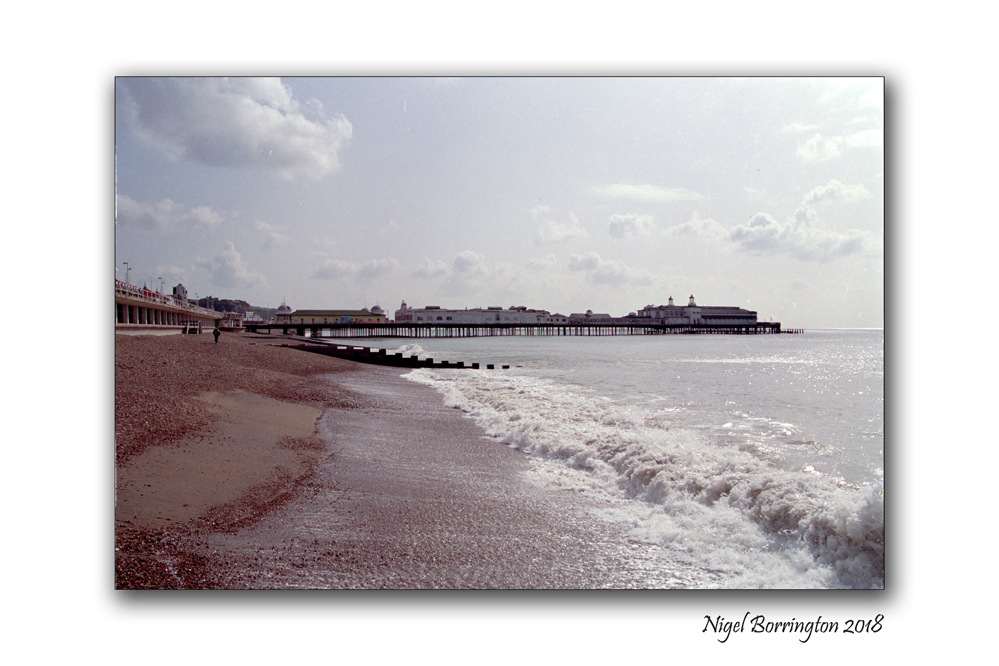
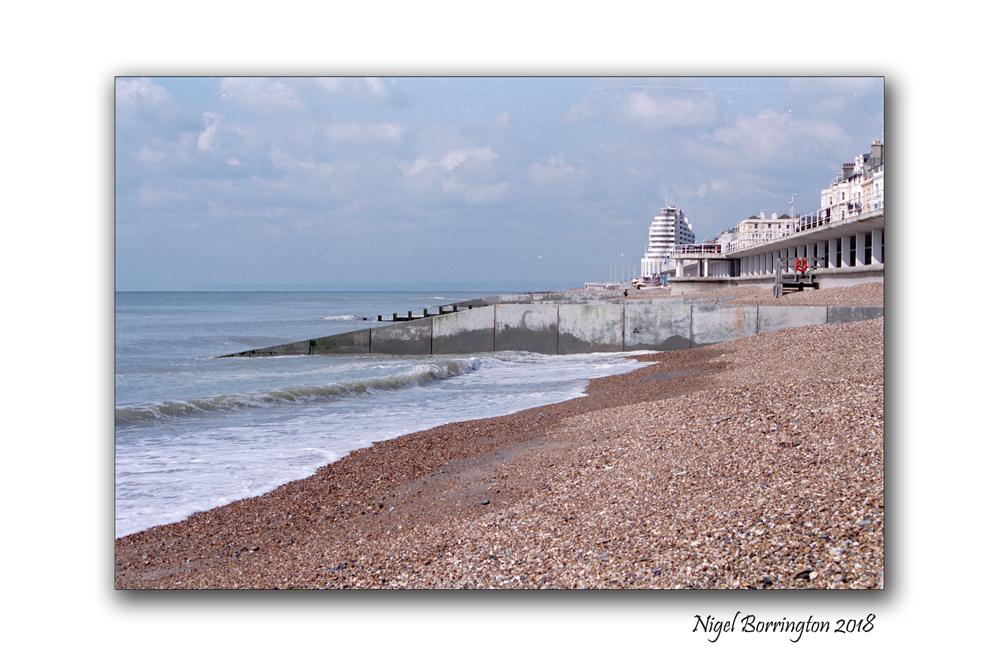


















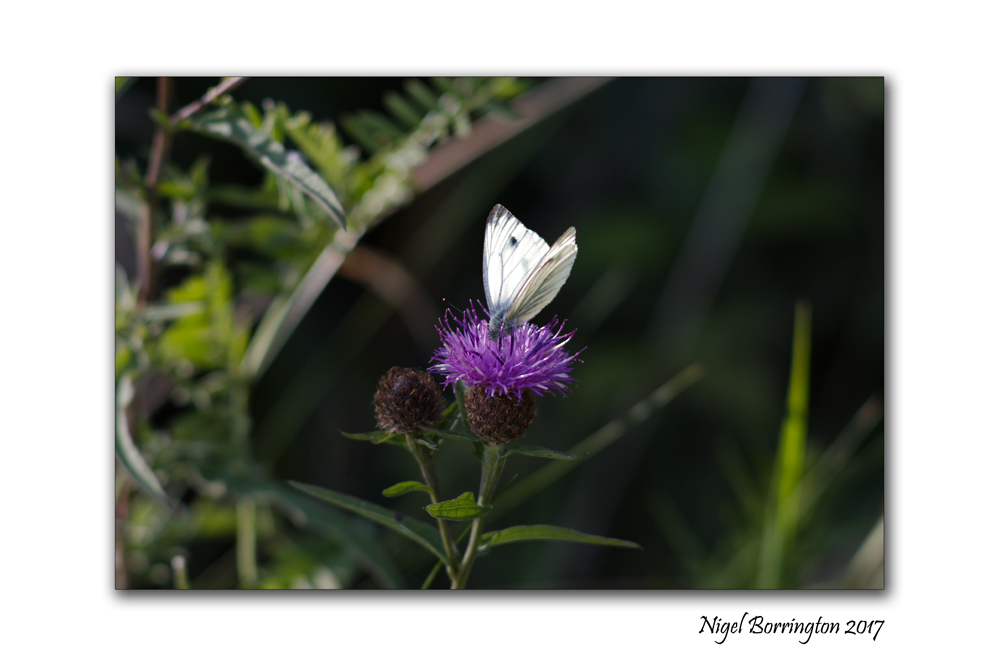





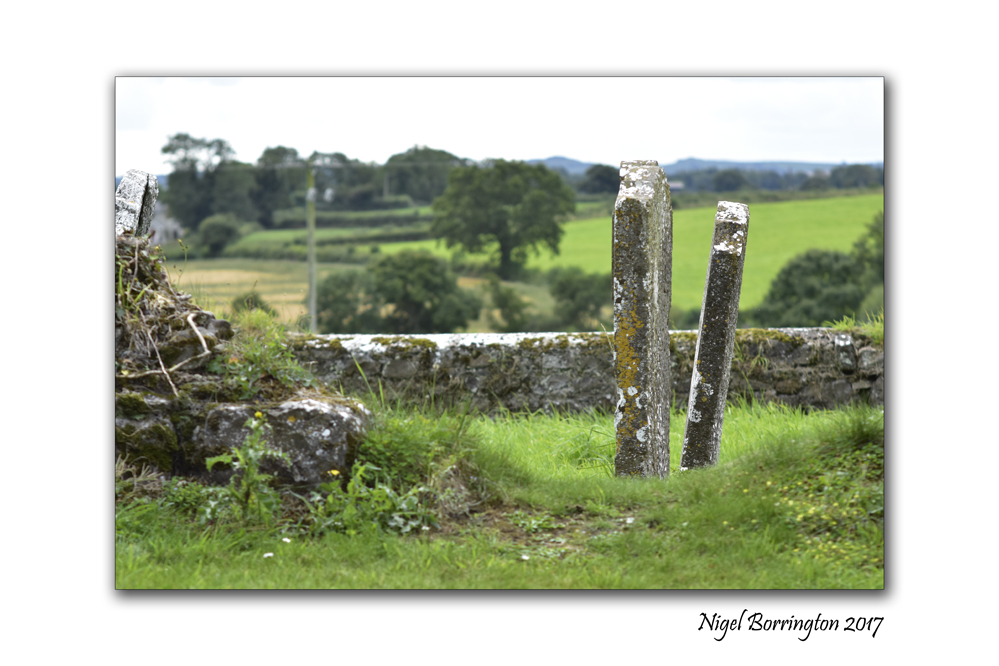














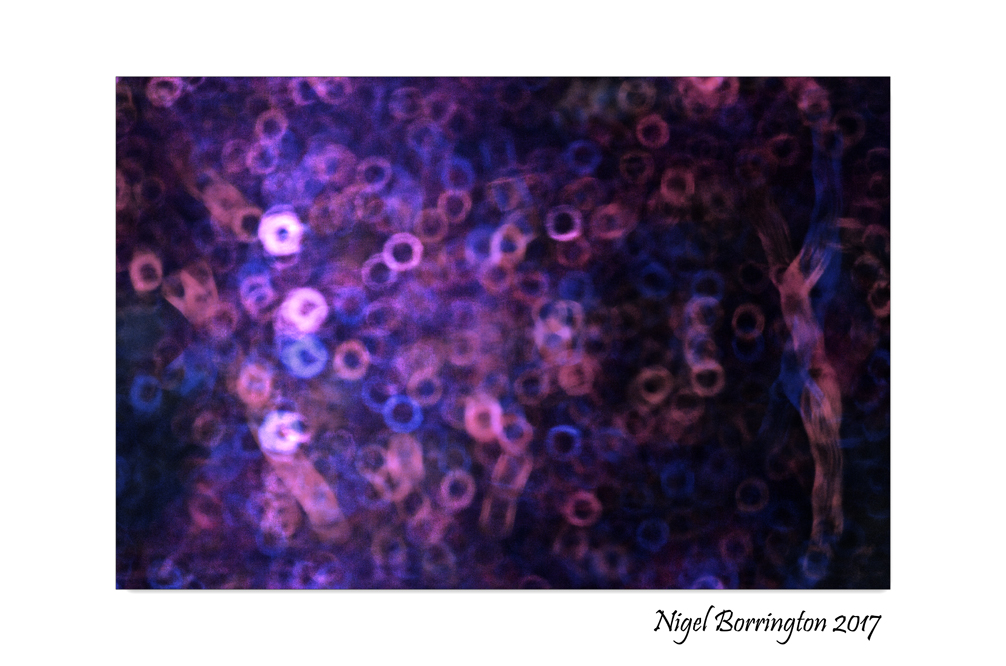
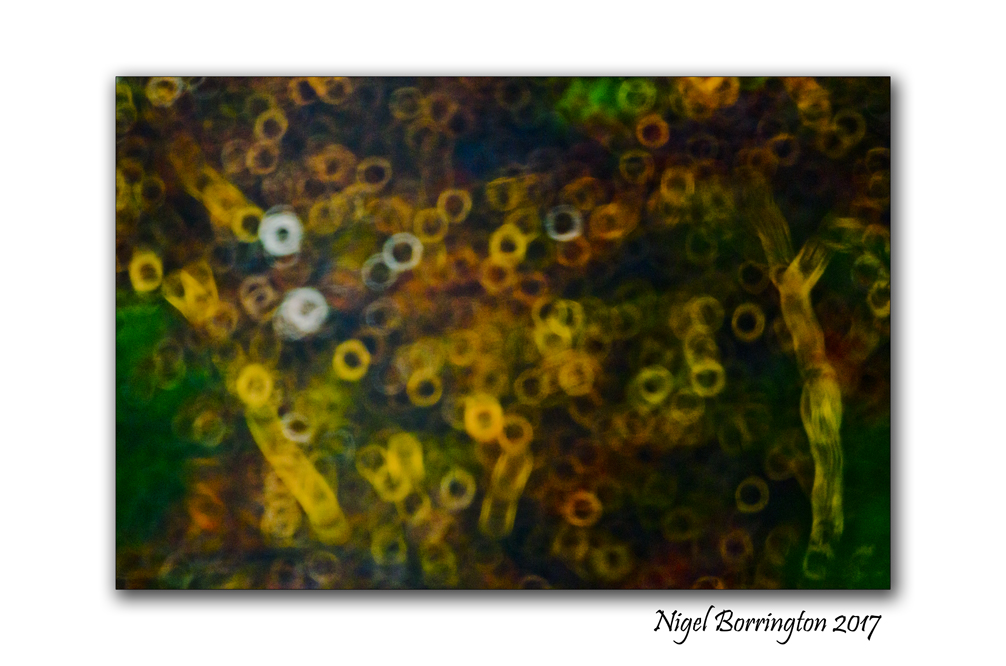






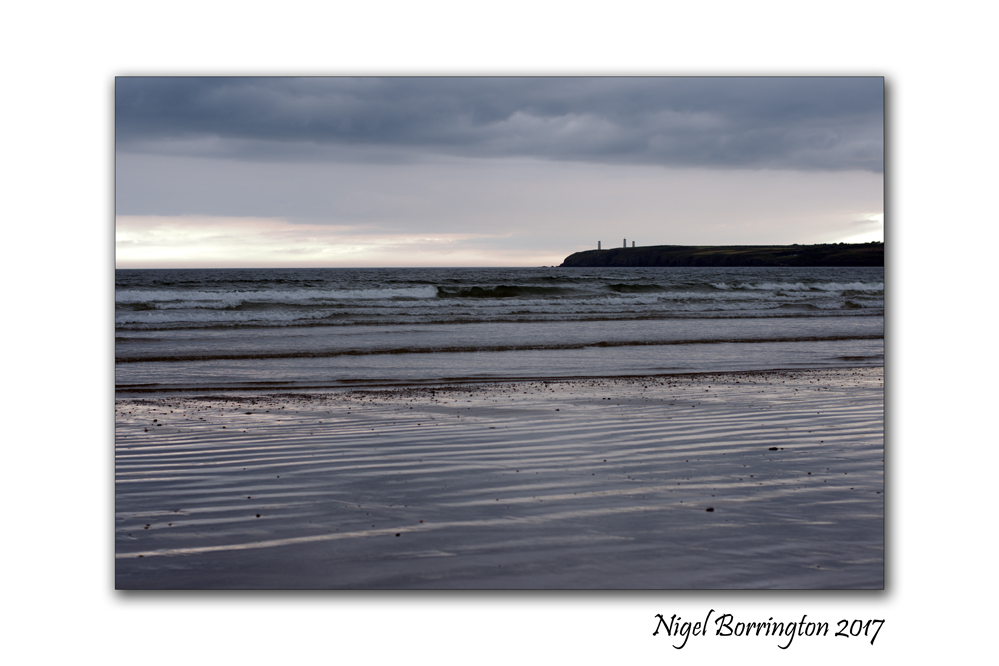


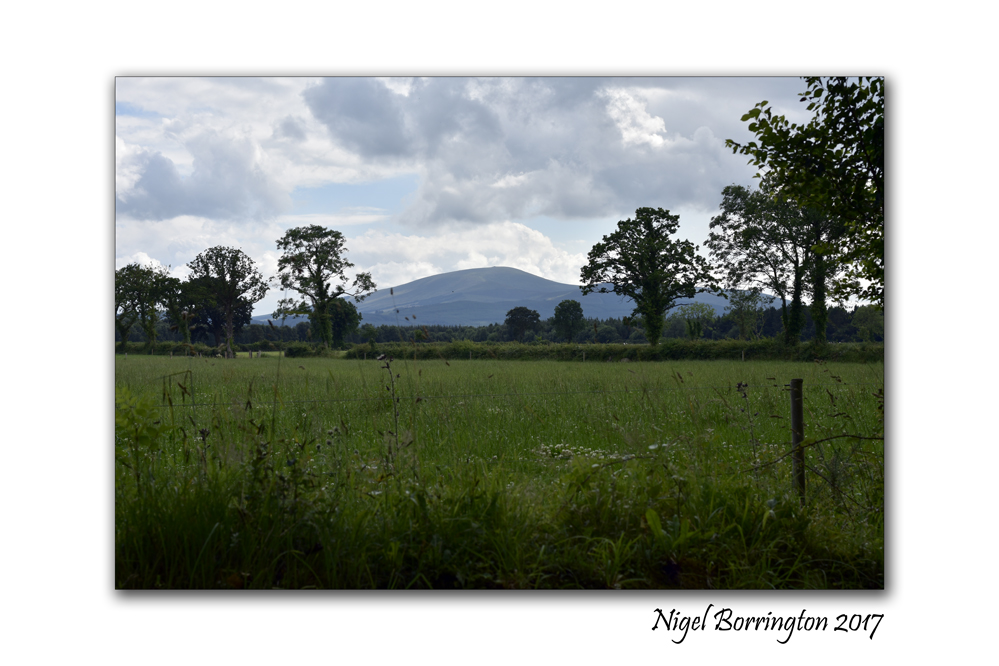

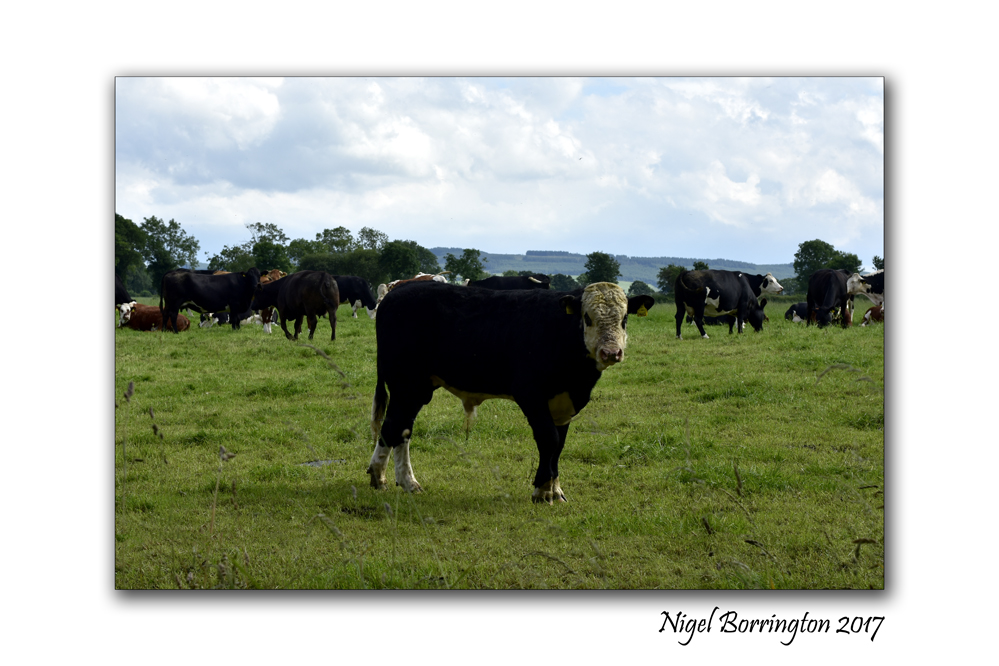
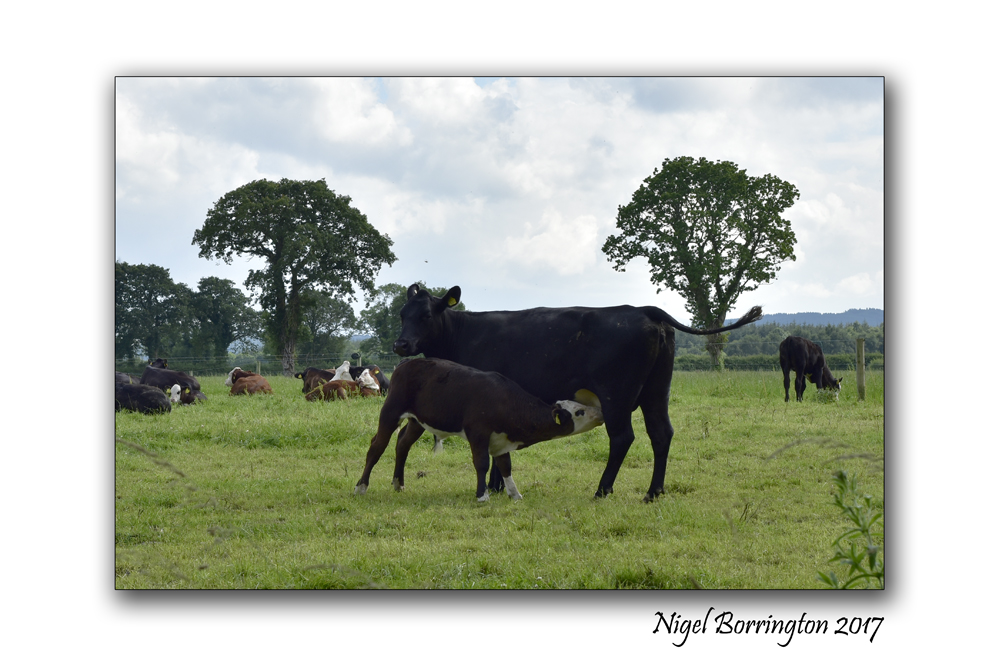





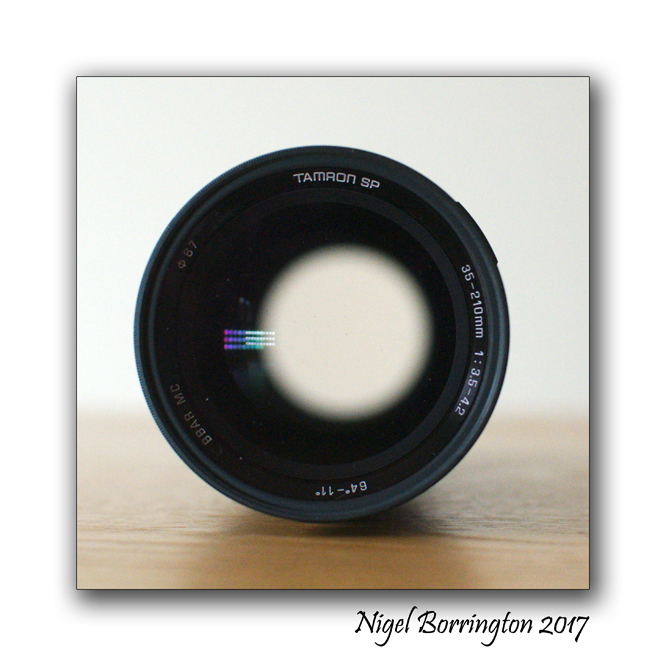




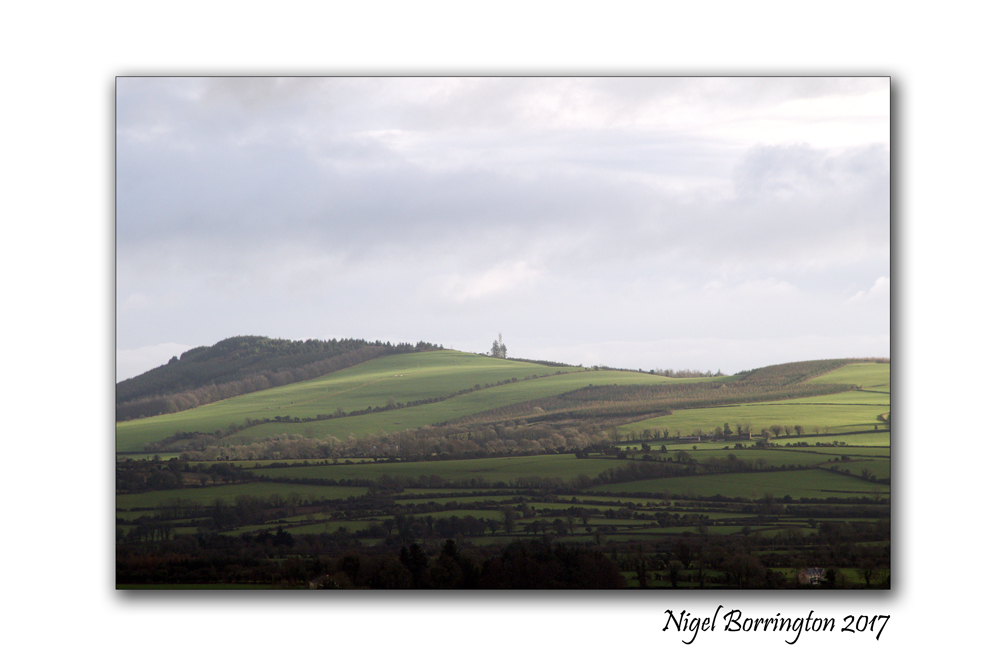





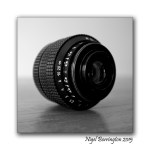


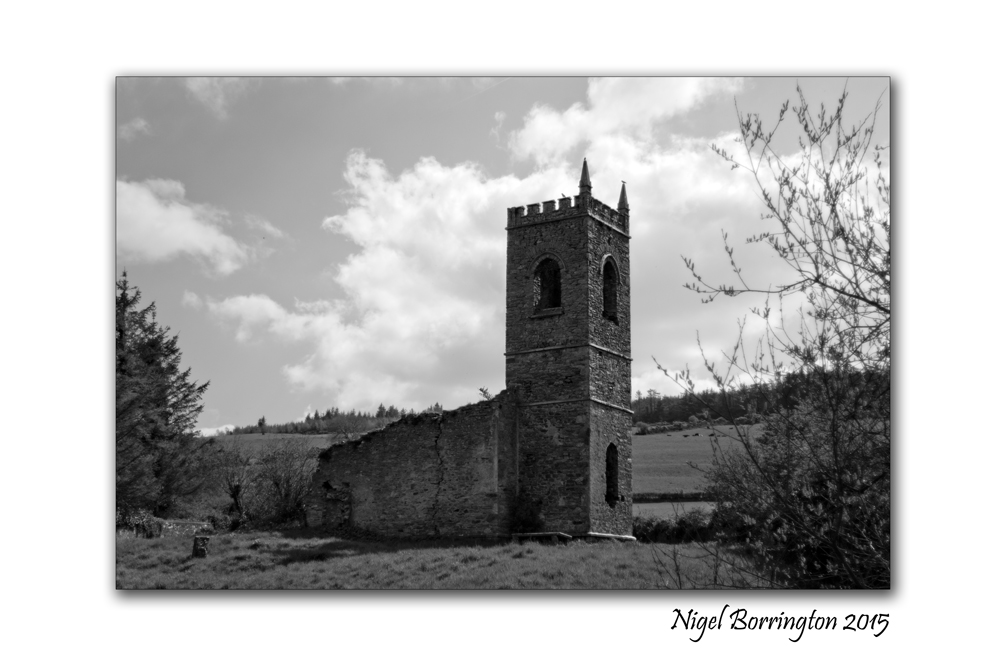





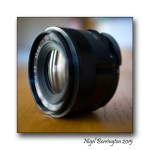










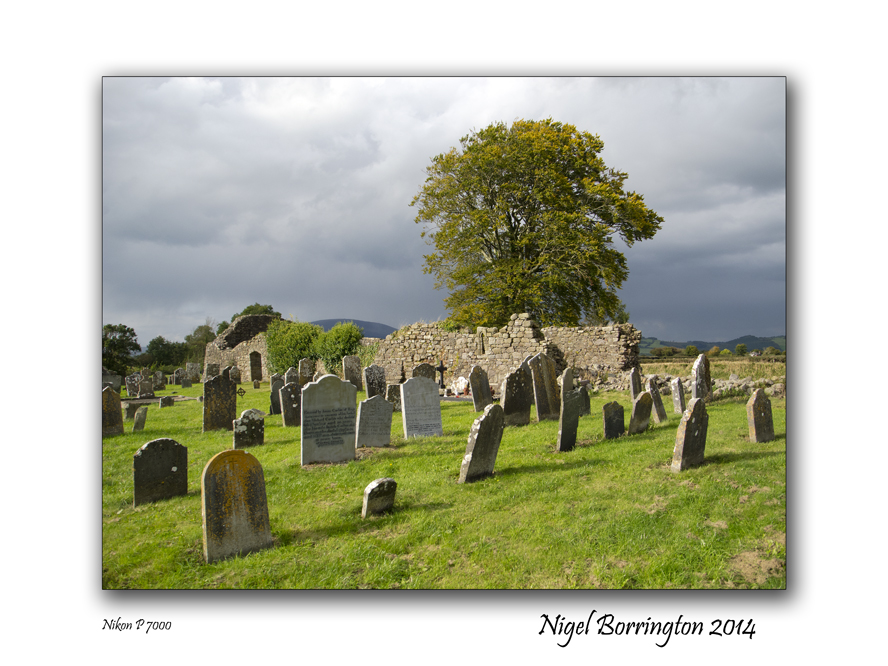
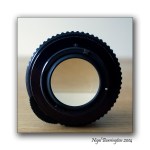
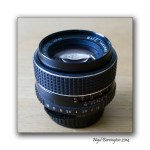











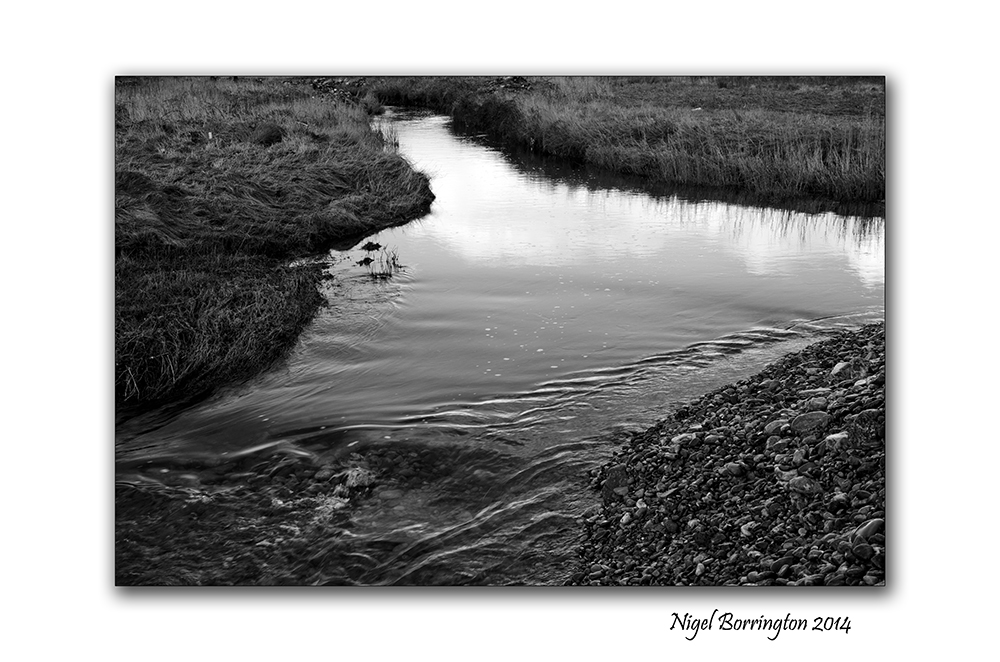
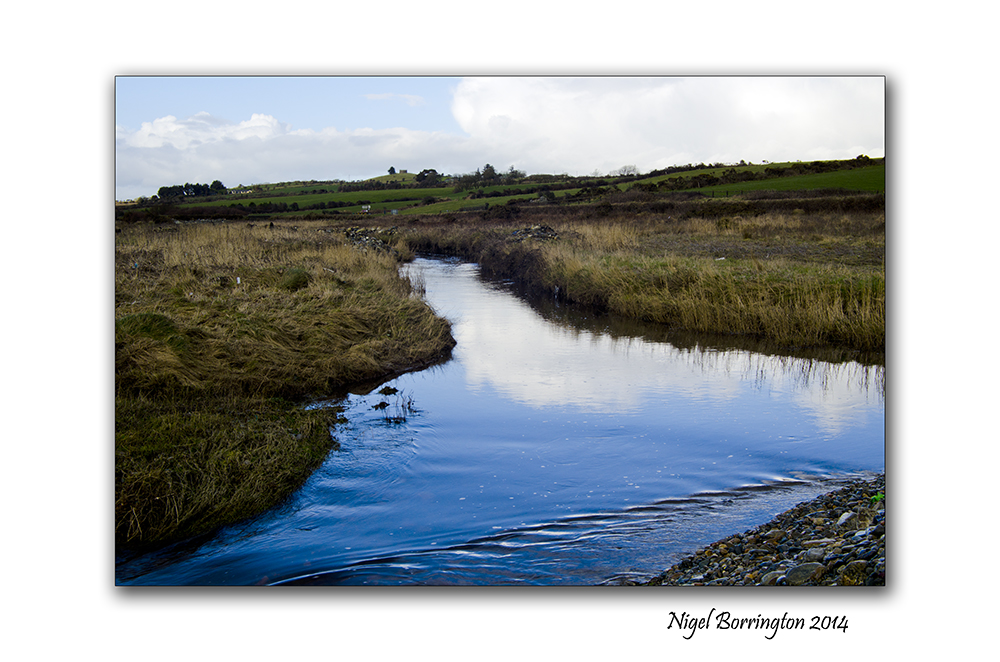

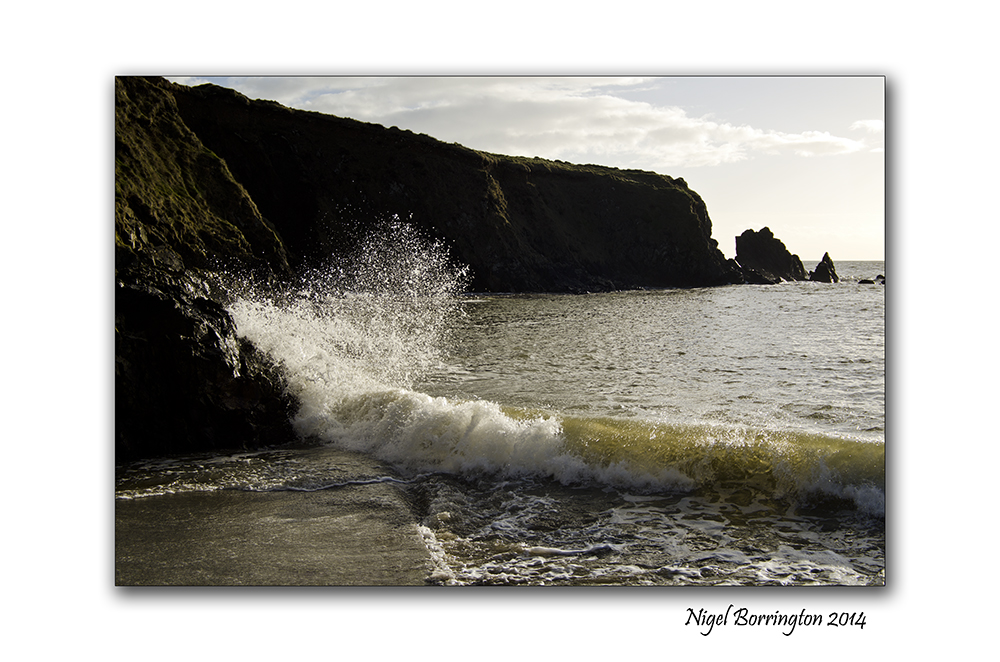
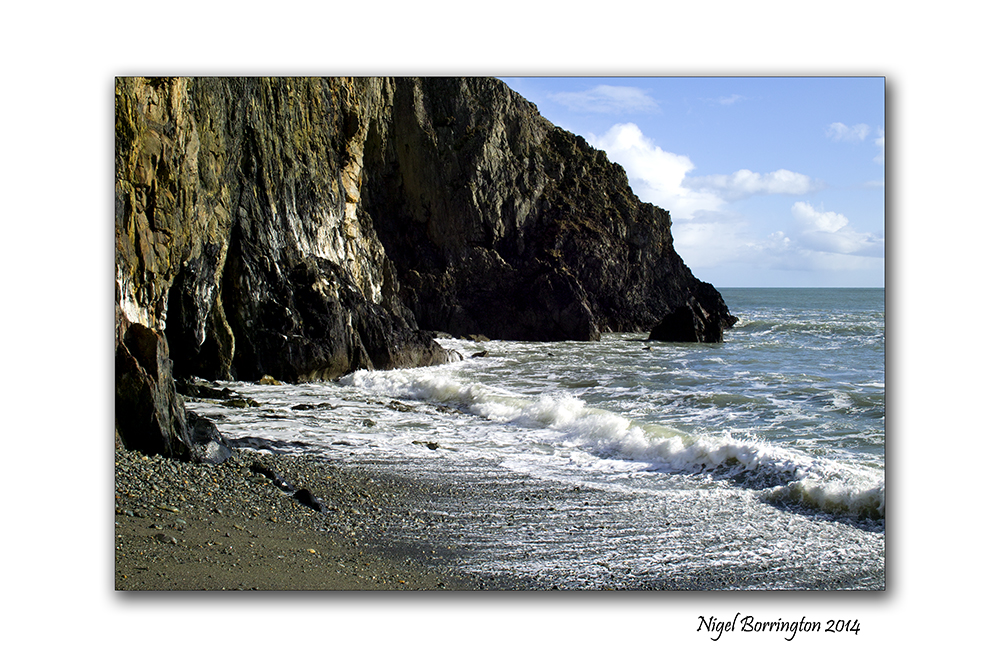

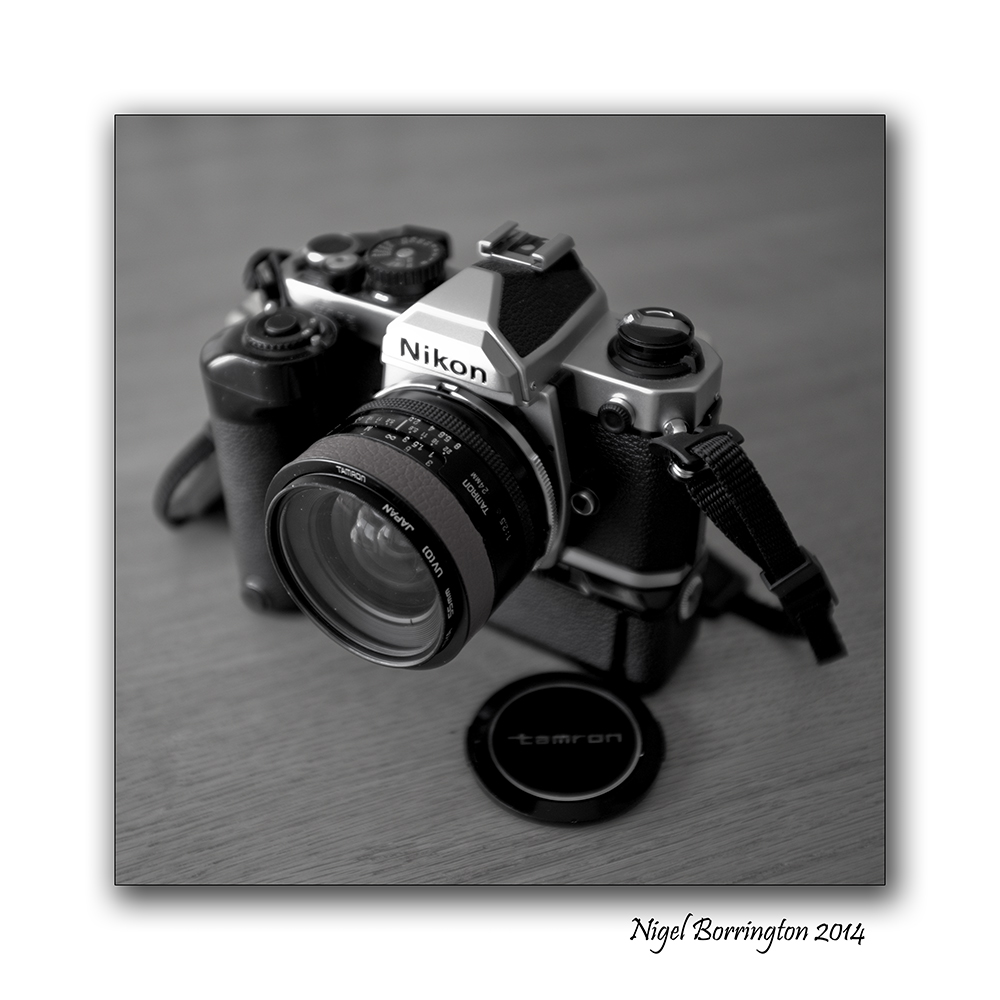
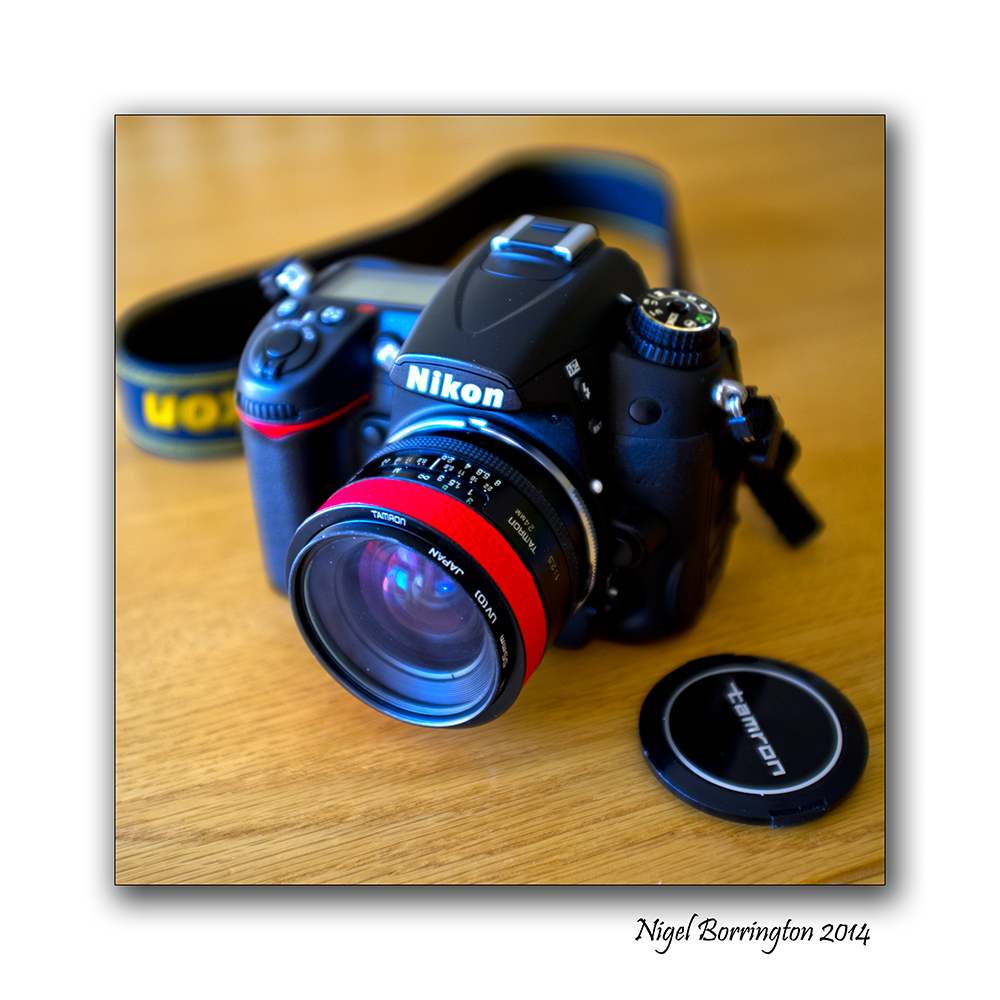








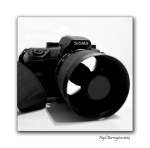

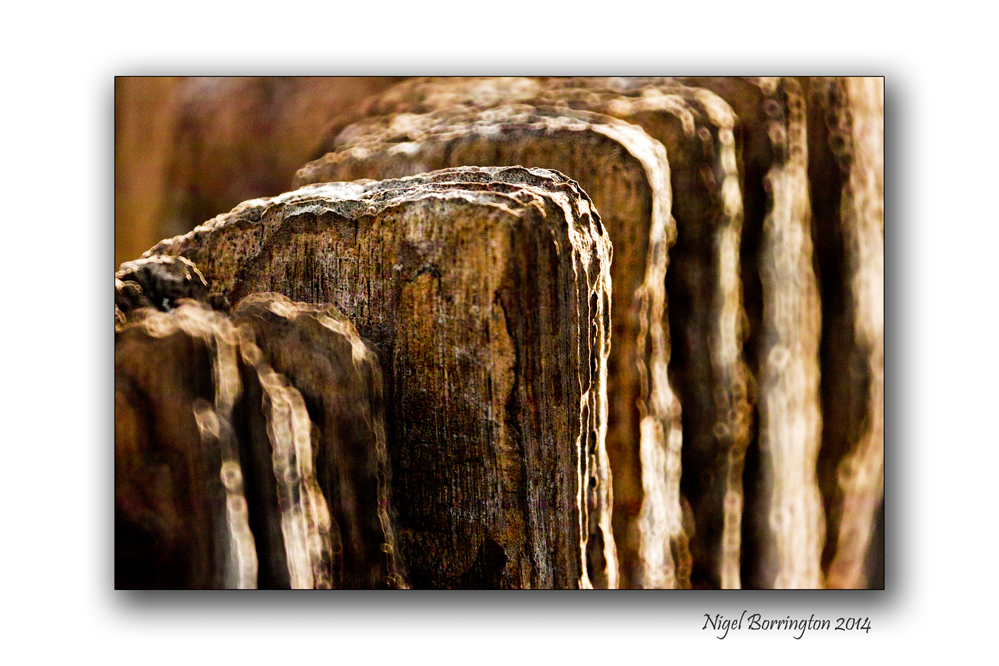
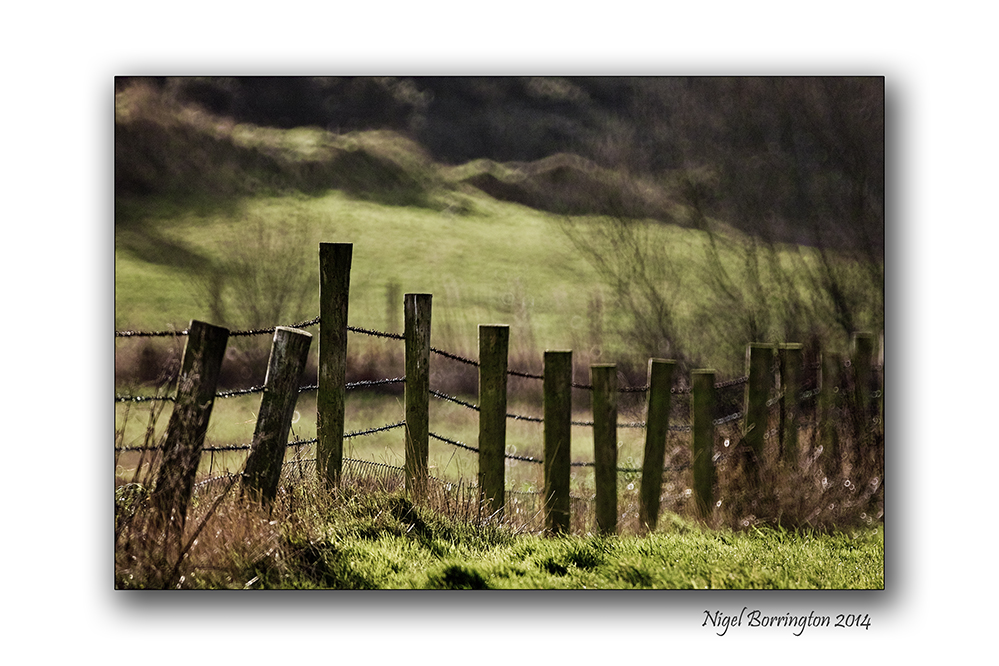




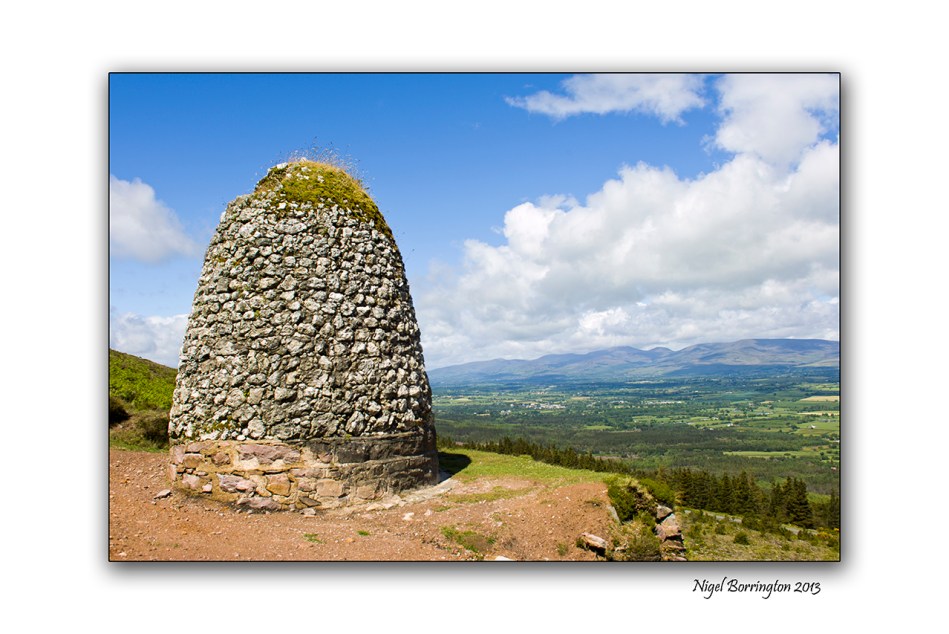







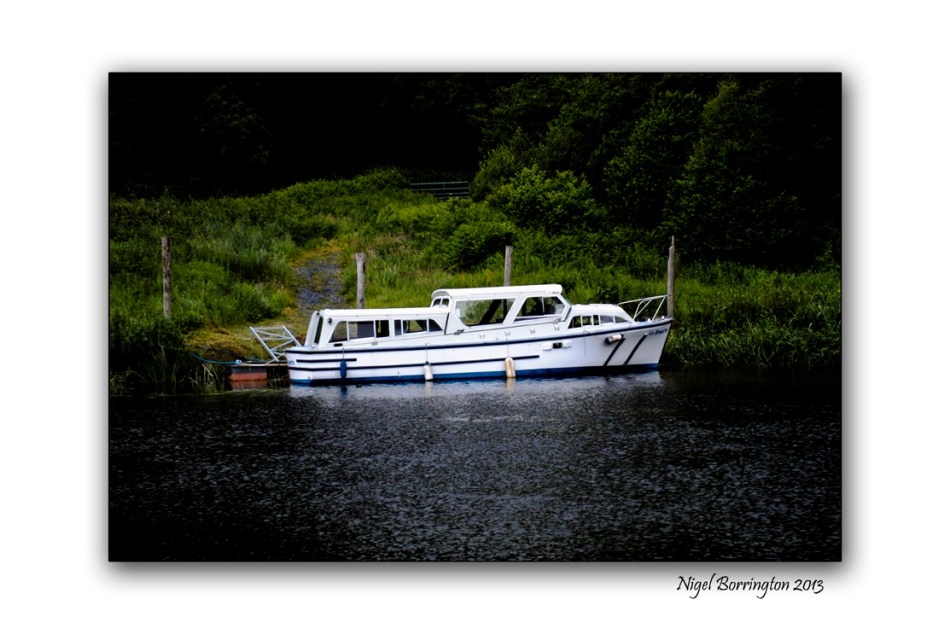




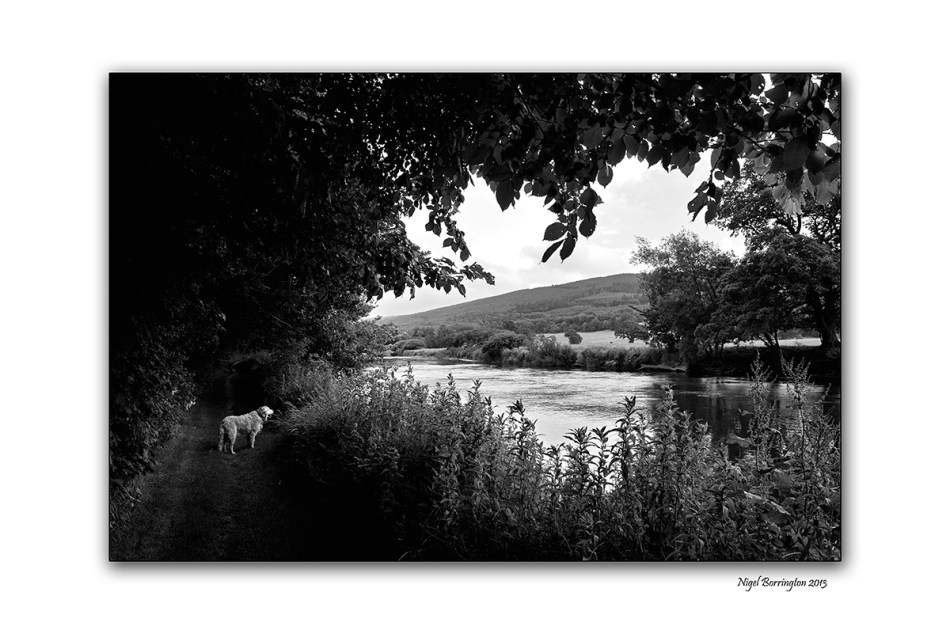
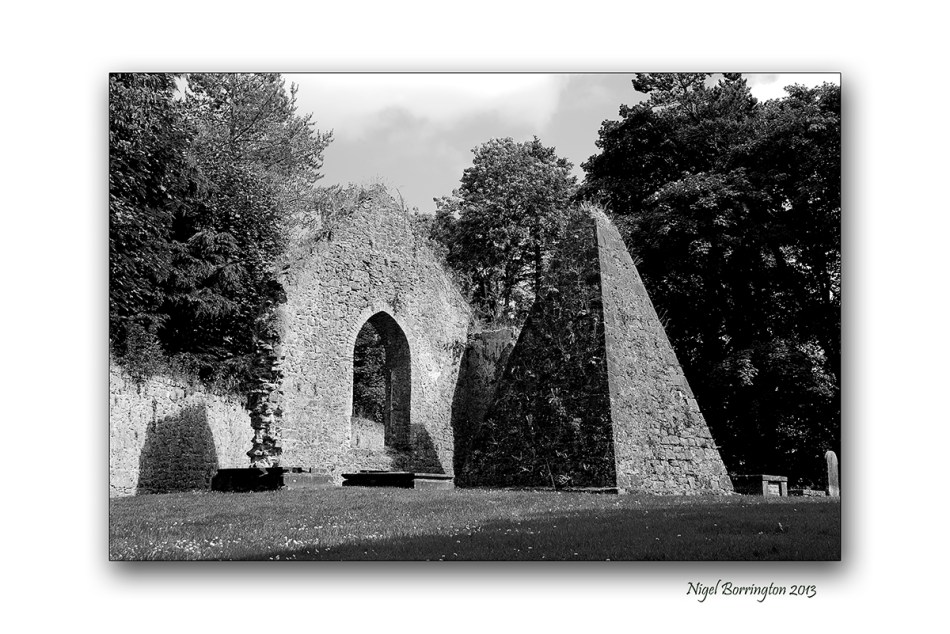
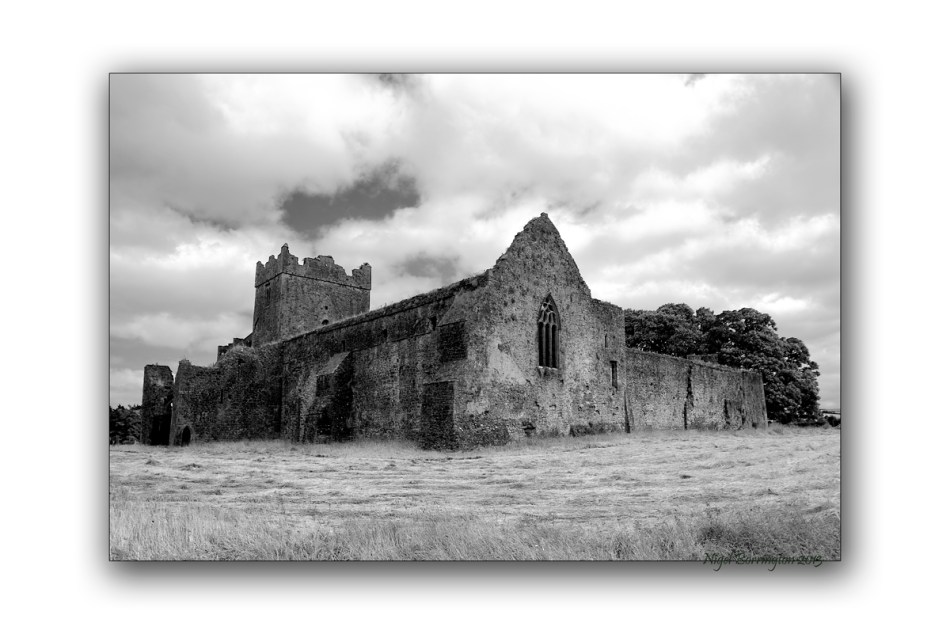

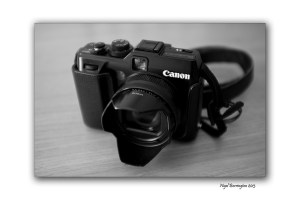






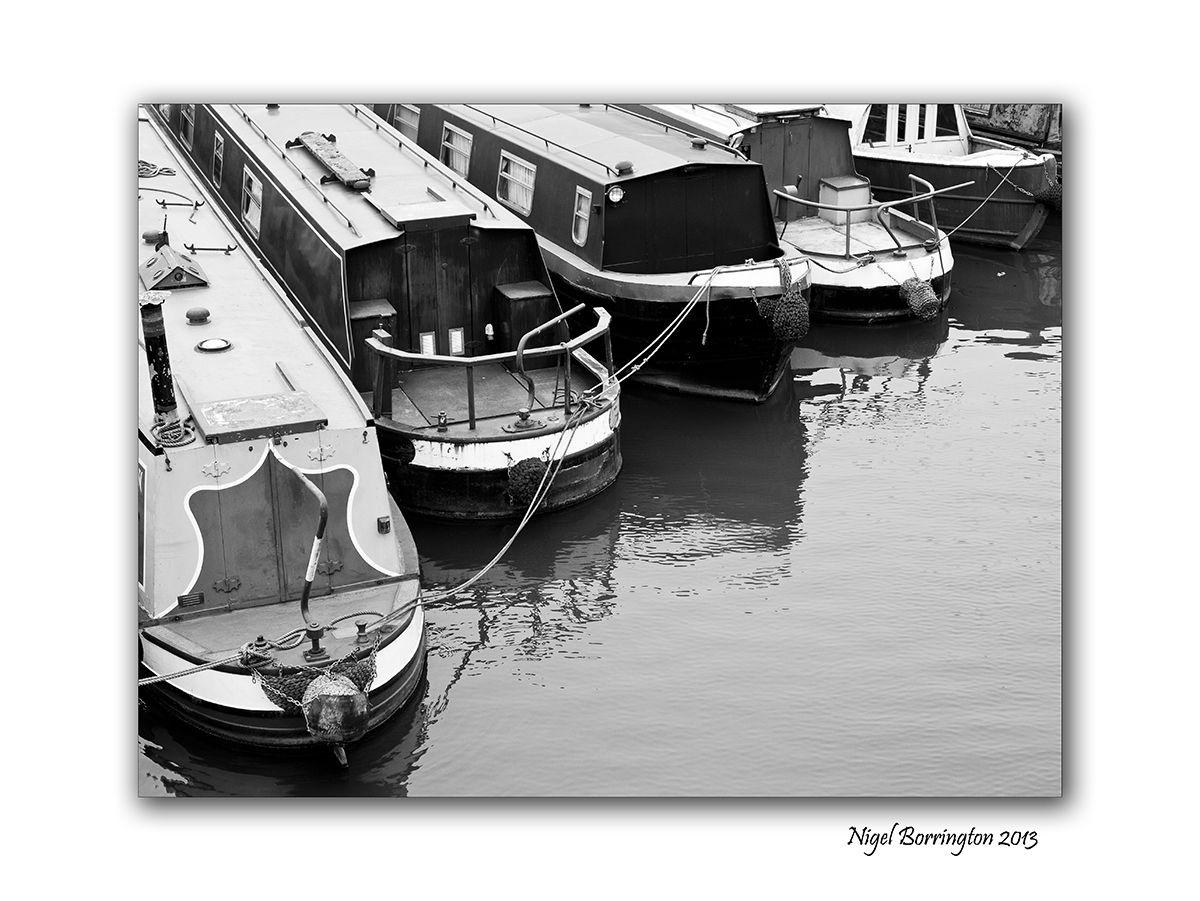








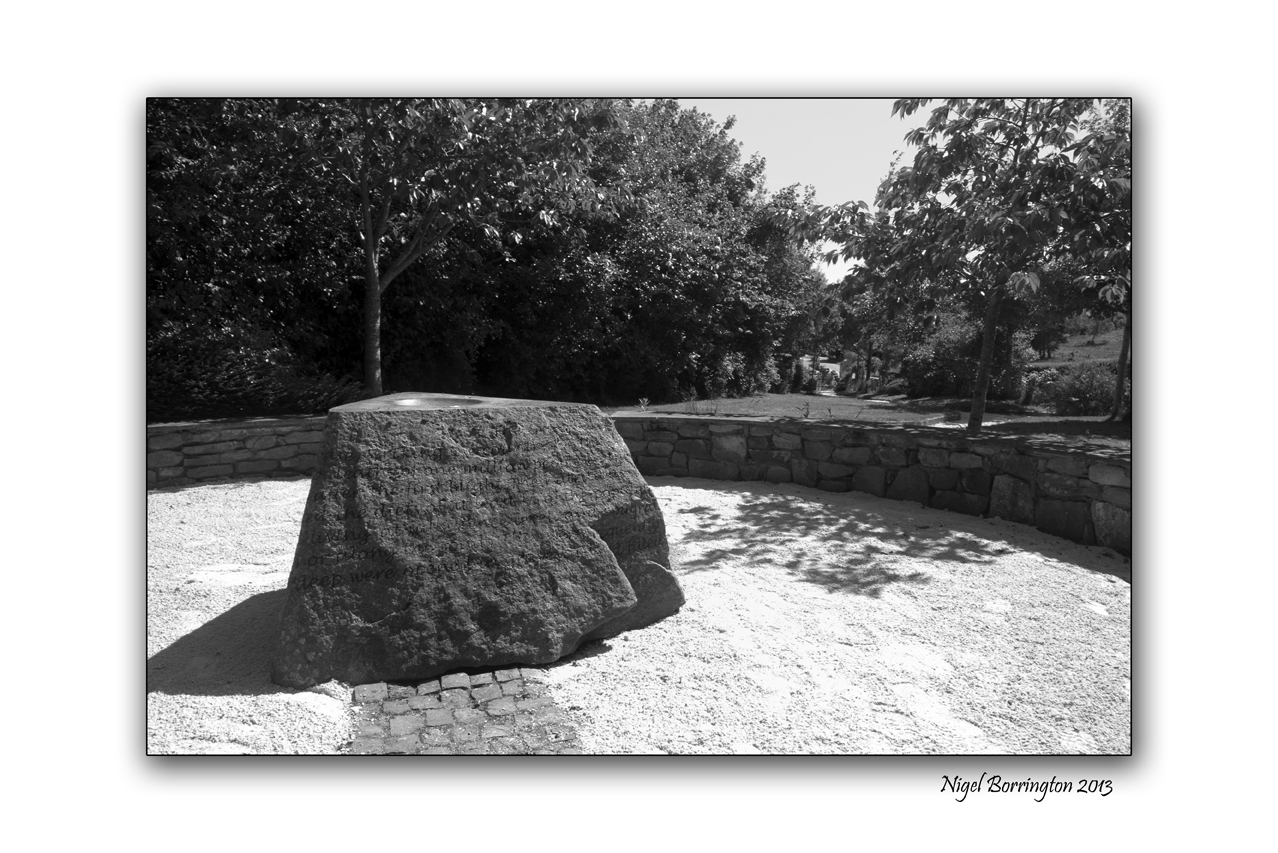







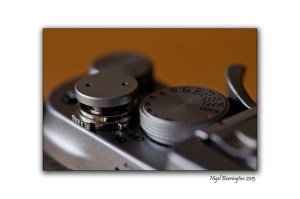
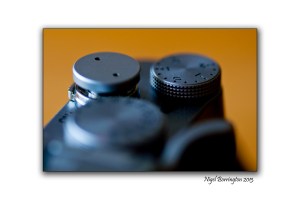







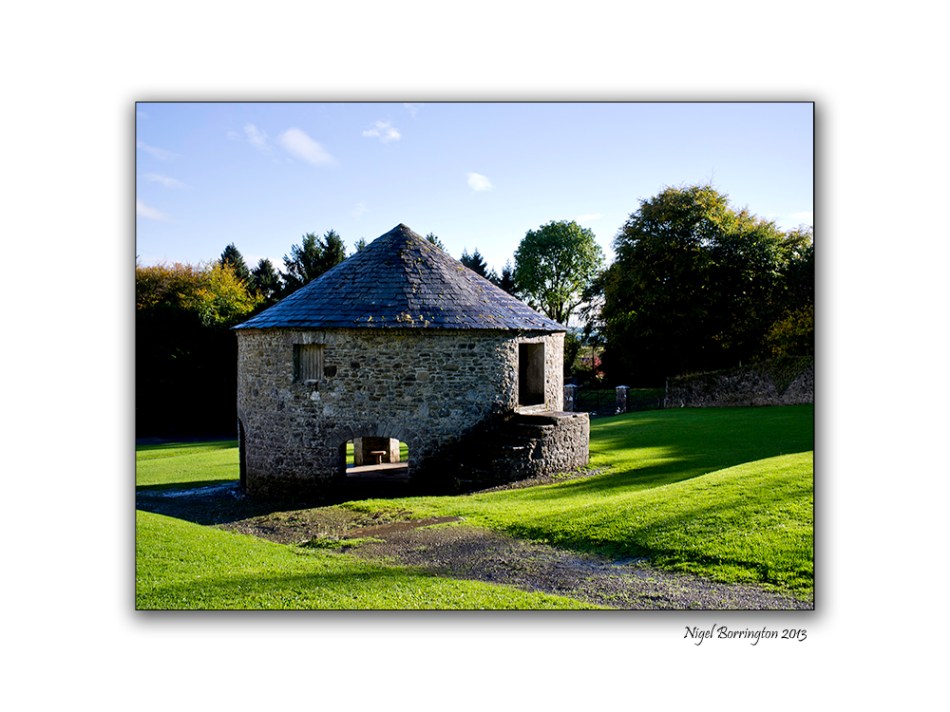
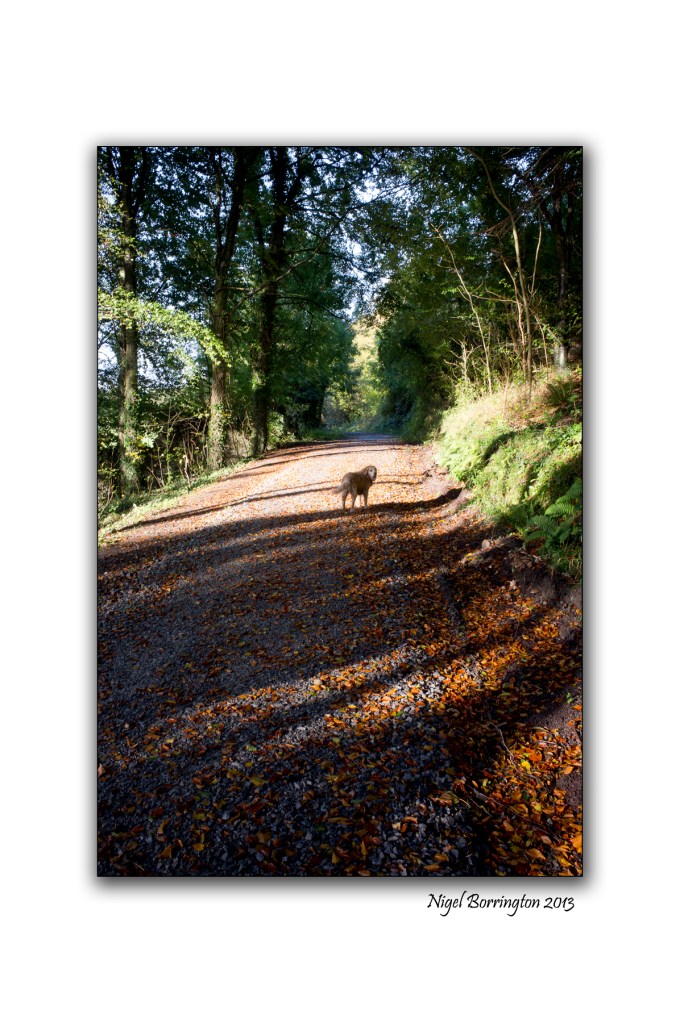

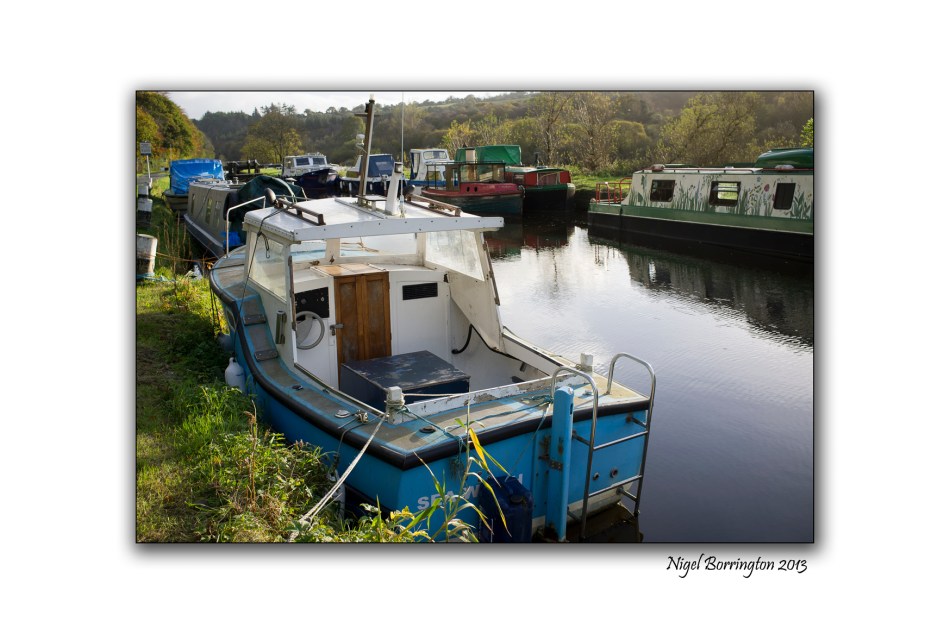


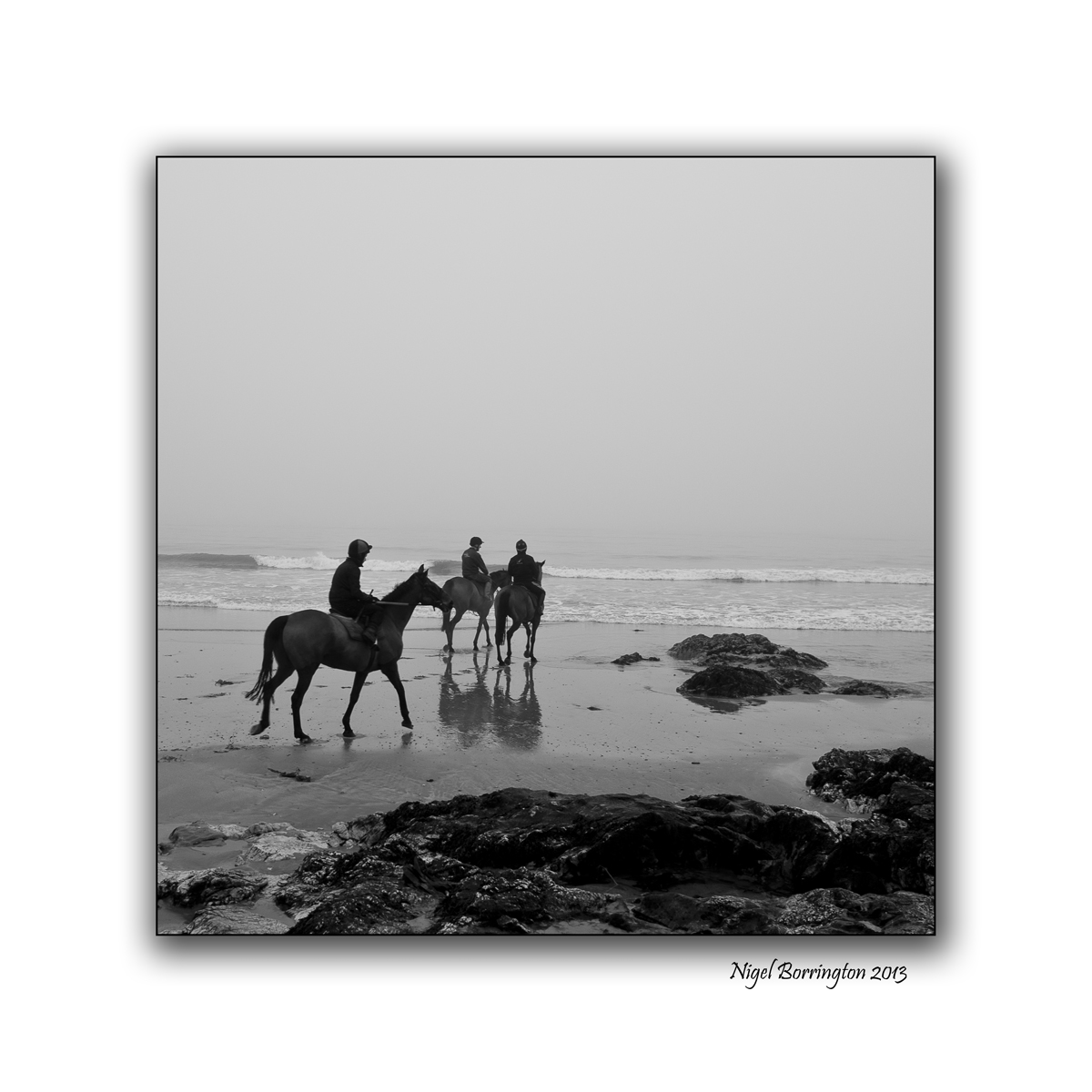
Film Photography, Was it as good as we think ?
Thanks to Sharon Walters Knight a fellow WordPress blogger and Facebook friend , I have in the last three weeks started to take a look again at 35mm film photography.
Over the last three years or so Film is starting to make a big come back, mainly with the help of film suppliers and film fan supporters lomography, they sell and process films along with camera bodies and offer some great new ideas as to how to use film and get some creative results from it.
I have just finished shooting my first role of 35mm black and white film supplied from Lomography Europe, using my Nikon FM2 and when I get time this week I will post this roll of film off to them and wait for the negatives and online scans to appear!
For the moment I have been looking at some of my old negatives and scanning them, the results are good I feel for these old black and white frames, My impression of how film compares to current Digital cameras is one of surprise, I love the grainy and organic feel to black and white films!
I had not realized since I stopped looking at film as my main photography medium, just how much digital has moved forward year on year! I feel that even when scanning a film frame at 10 megapixels with a good scanner, even with ISO 100 film the detail is so much less that can be found in todays digital sensors. Film grain is loved by many, yet when you look closely a lot of the image details are lost in this grain. A simple fact however when using film is that while digital cameras have kept developing all the time, film scanner have not. Another fact often lost today is that film was not designed with scanners in mind but with wet/dark room printing on light sensitive photo-papers, often designed by the film suppliers to match the film being used. Thus it could still be true that the best results when printing from film can be achieved in the dark room and not using a scanner at all!
I still love the idea of using a film camera at times when you want to use a simple process and travel light, just packing a film camera, a few lenses and rolls of film, without the need to take battery chargers and laptops with you. Another fact is that Film cameras work better when your outside and need to keep changing lenses, you never have to worry about dust and dirt getting to your sensor!
Here are some film shots I have taken over the years, at some point this week I will post more on them, including some closer looks at just how much detail is in the full sized images and just how film grain looks at 100% print size.
Ilfords Black and white film Gallery
Share this:
April 23, 2018 | Categories: black and white, Camera Equipment, Comment, Film Photography, Landscape, photography | Tags: 35mm film, black and white photography, Film come back, Film photography, Film scanning, Ilfords films, Lomography, Nigel Borrington, Nikon, nikon fm2 | Leave a comment